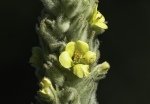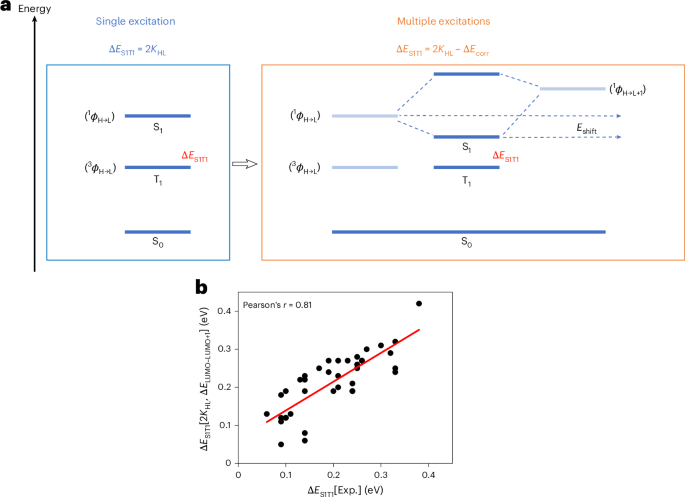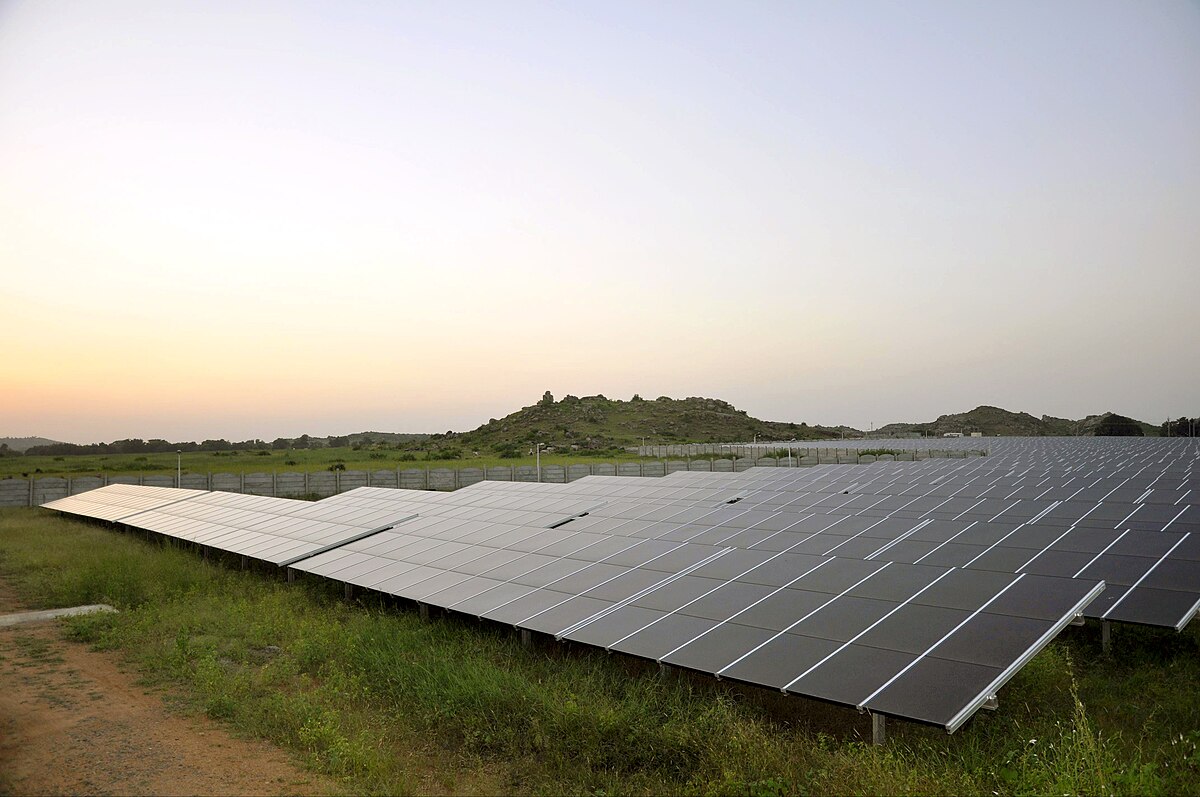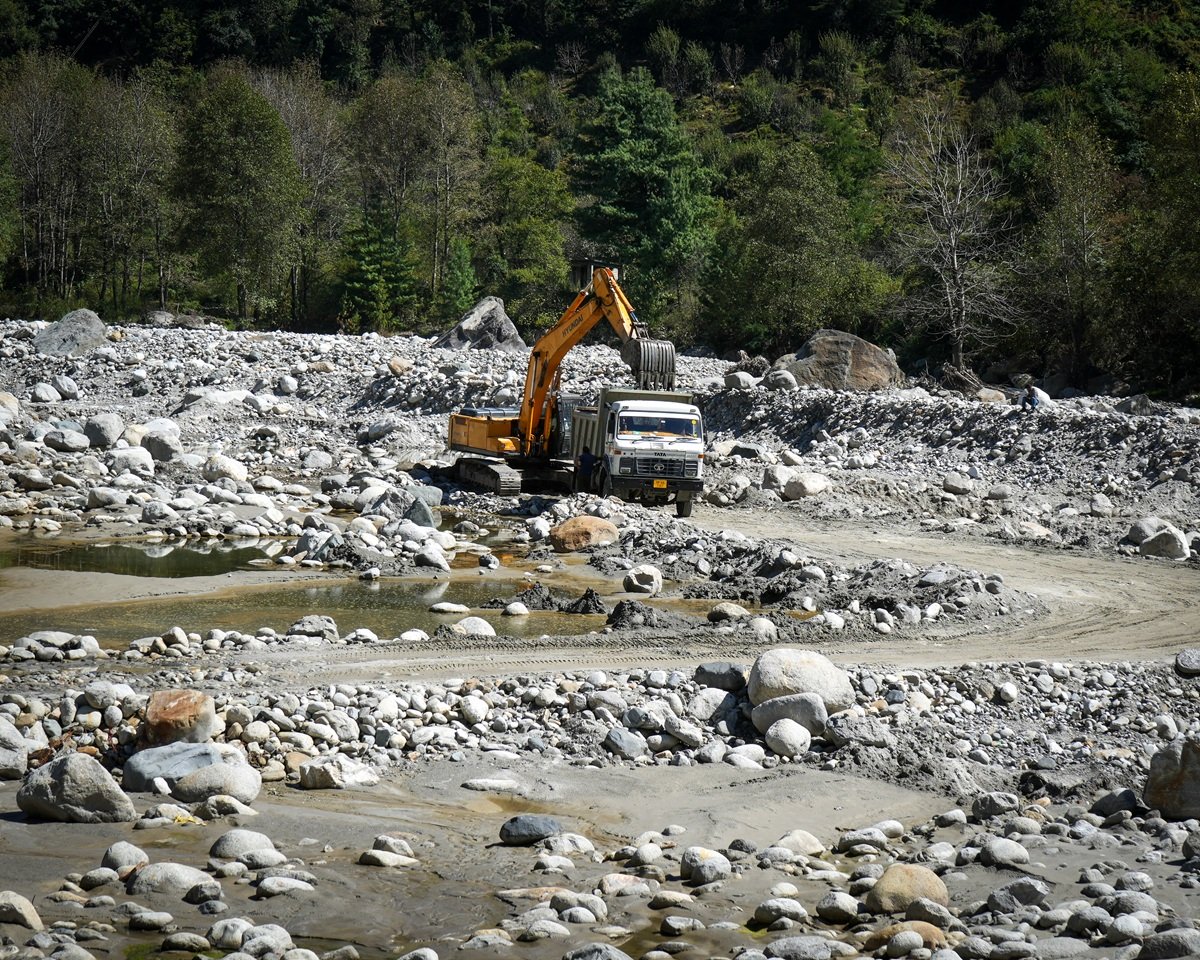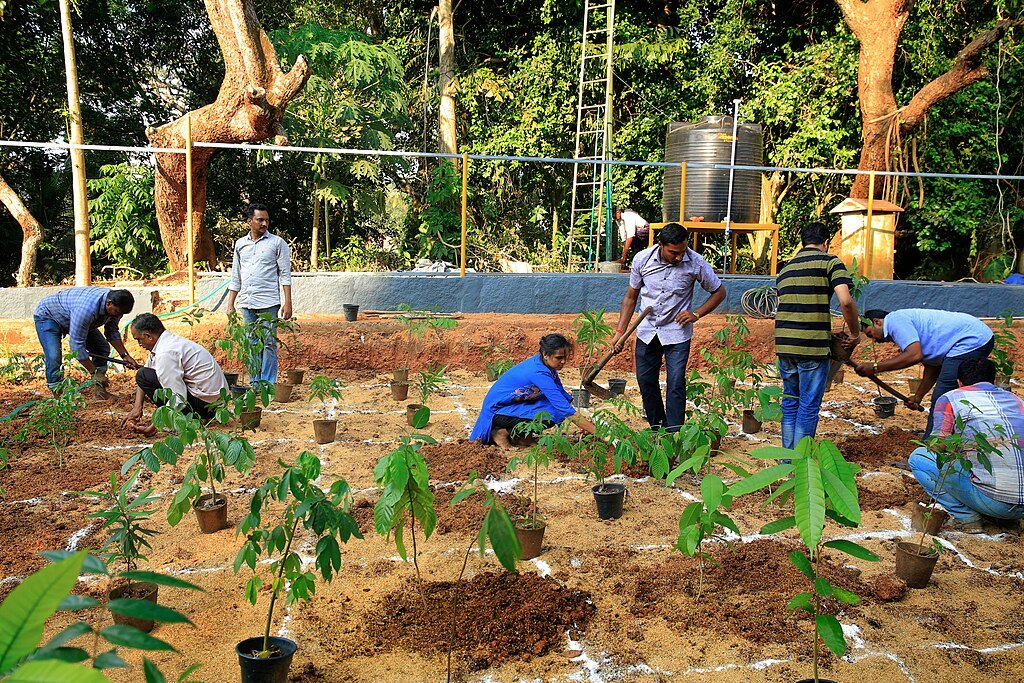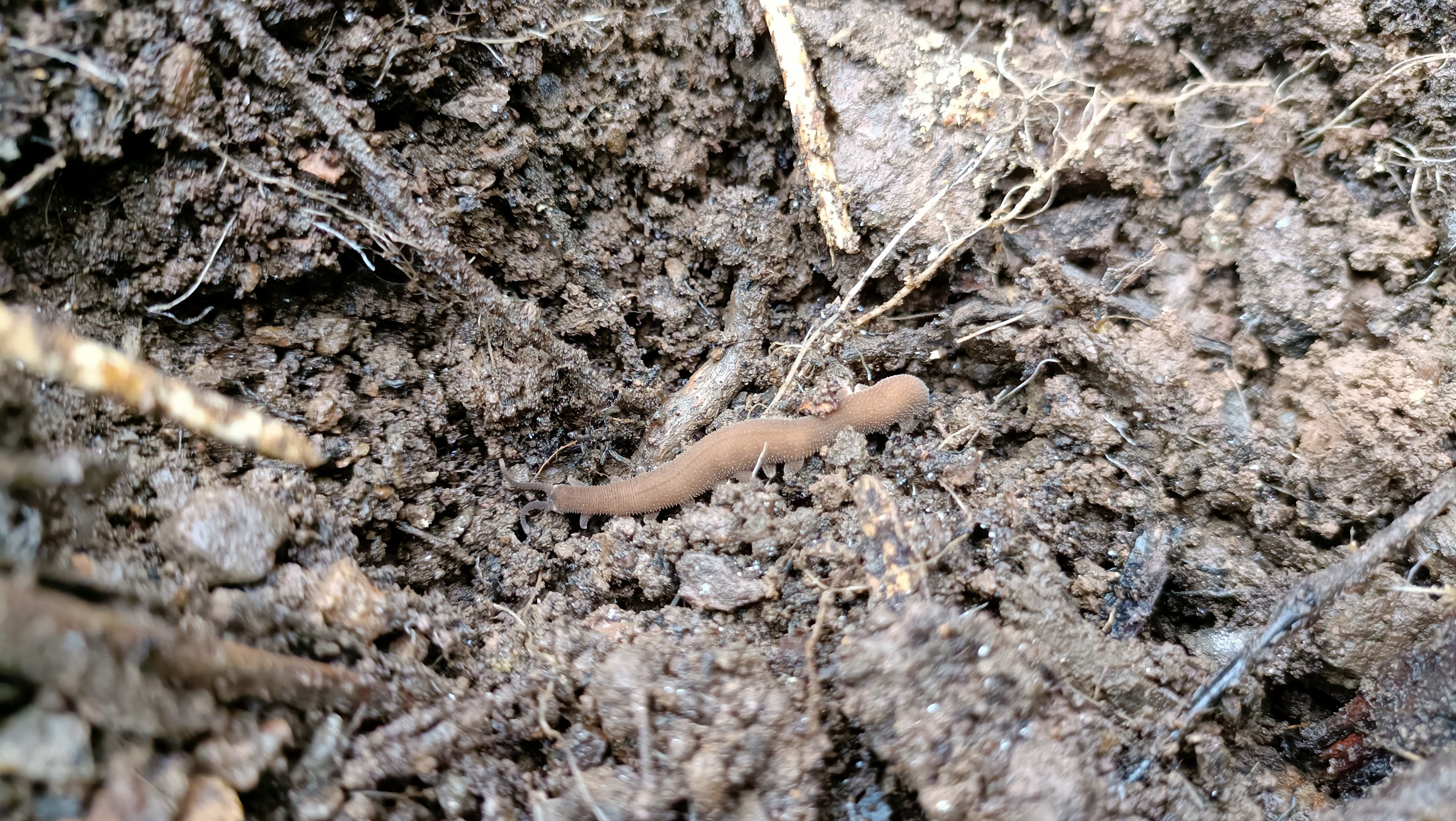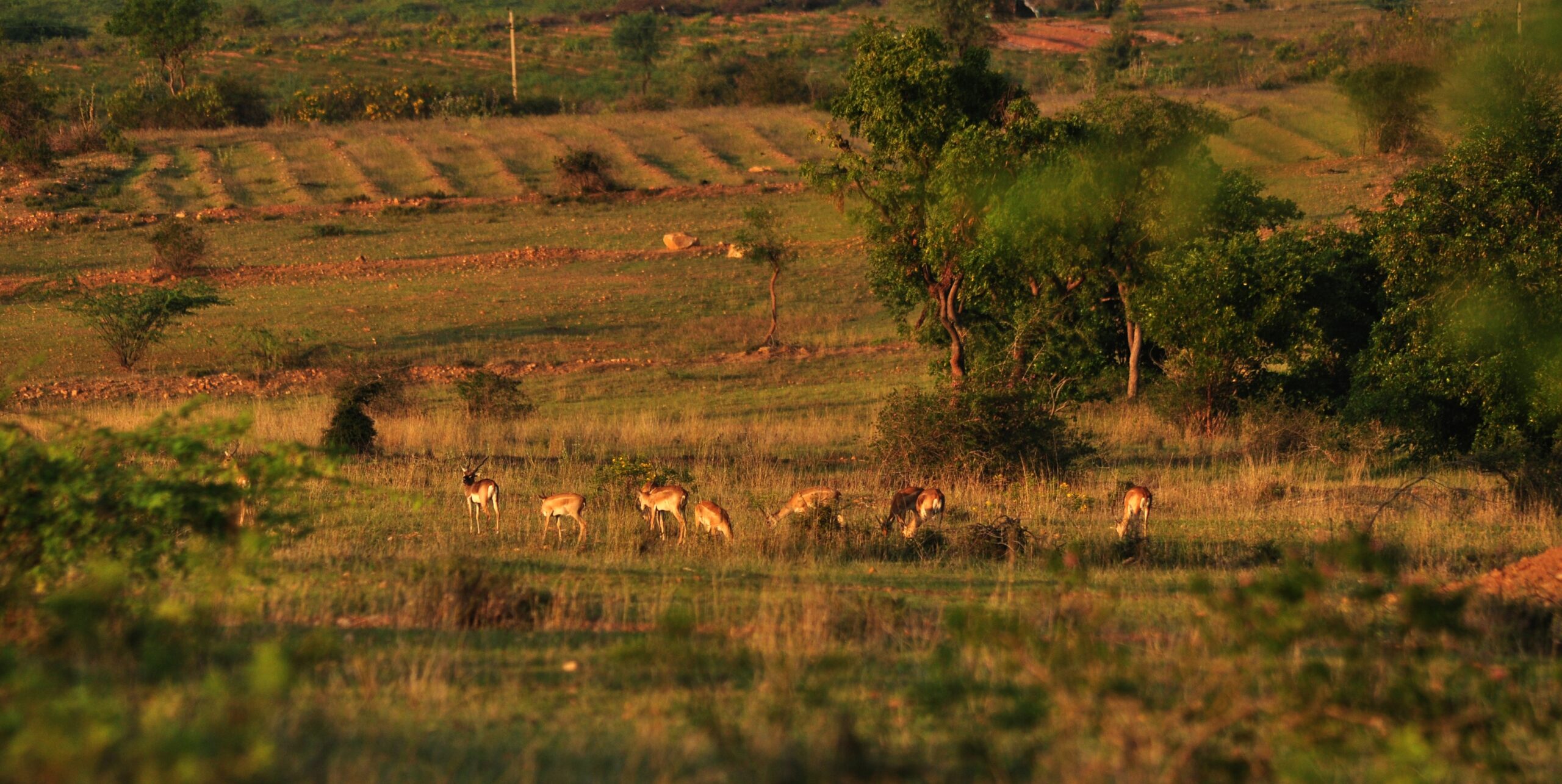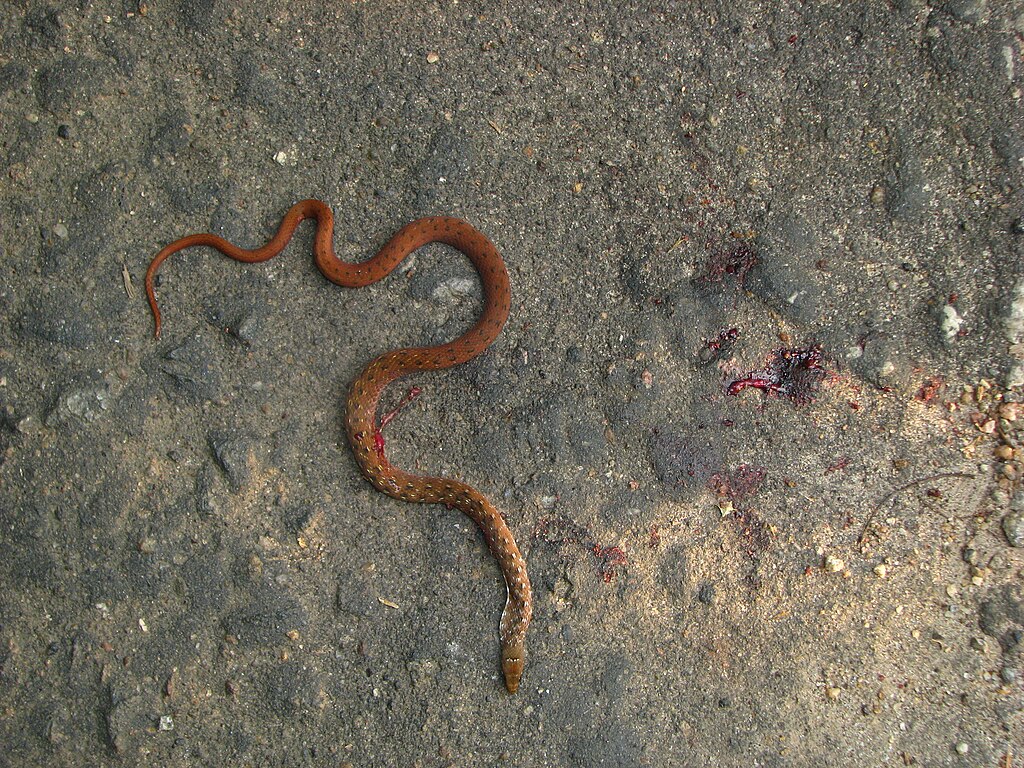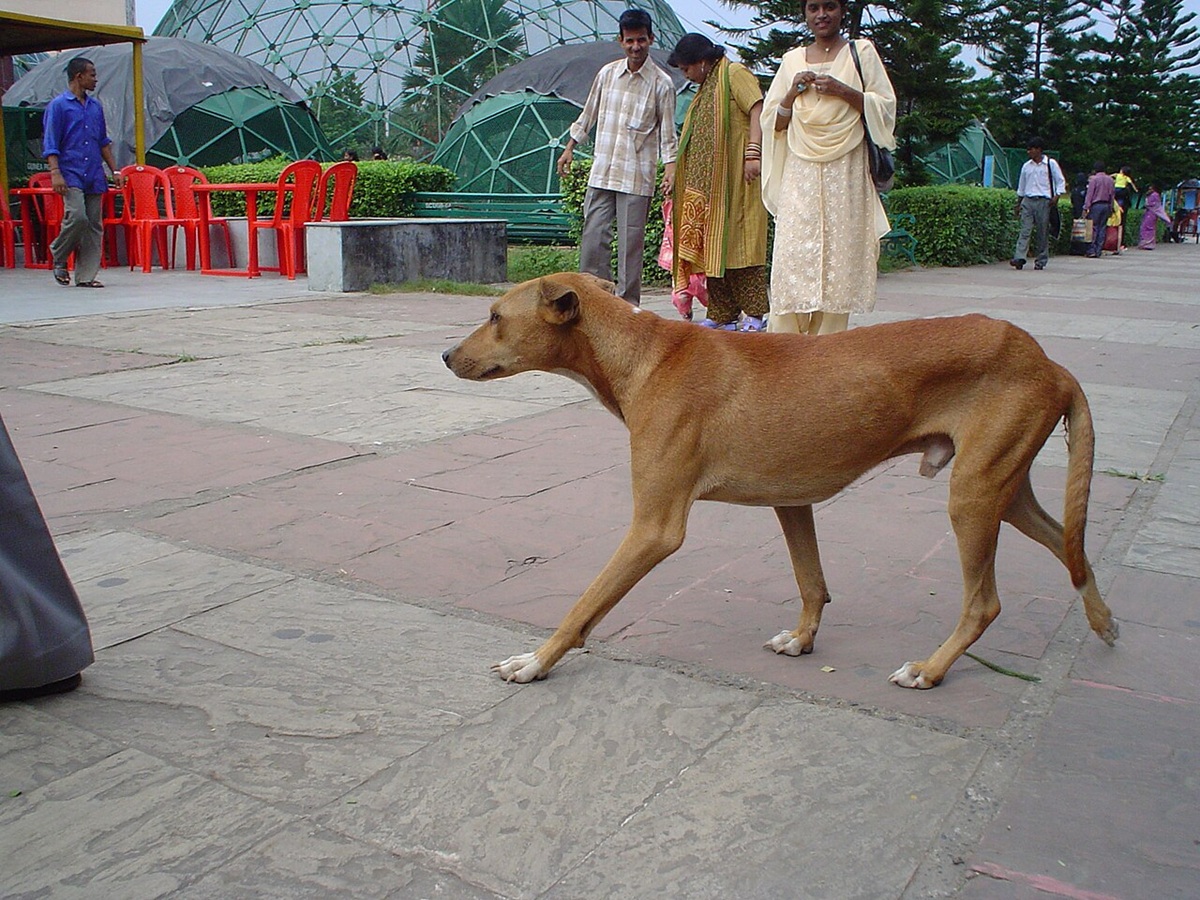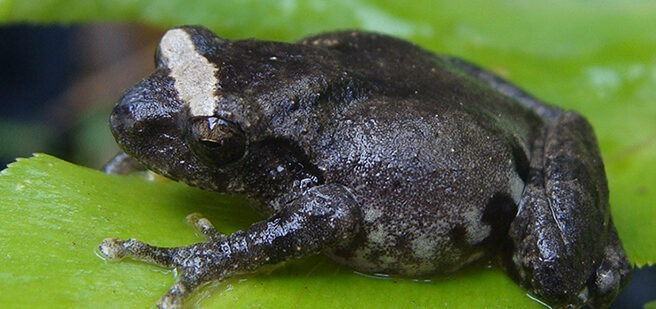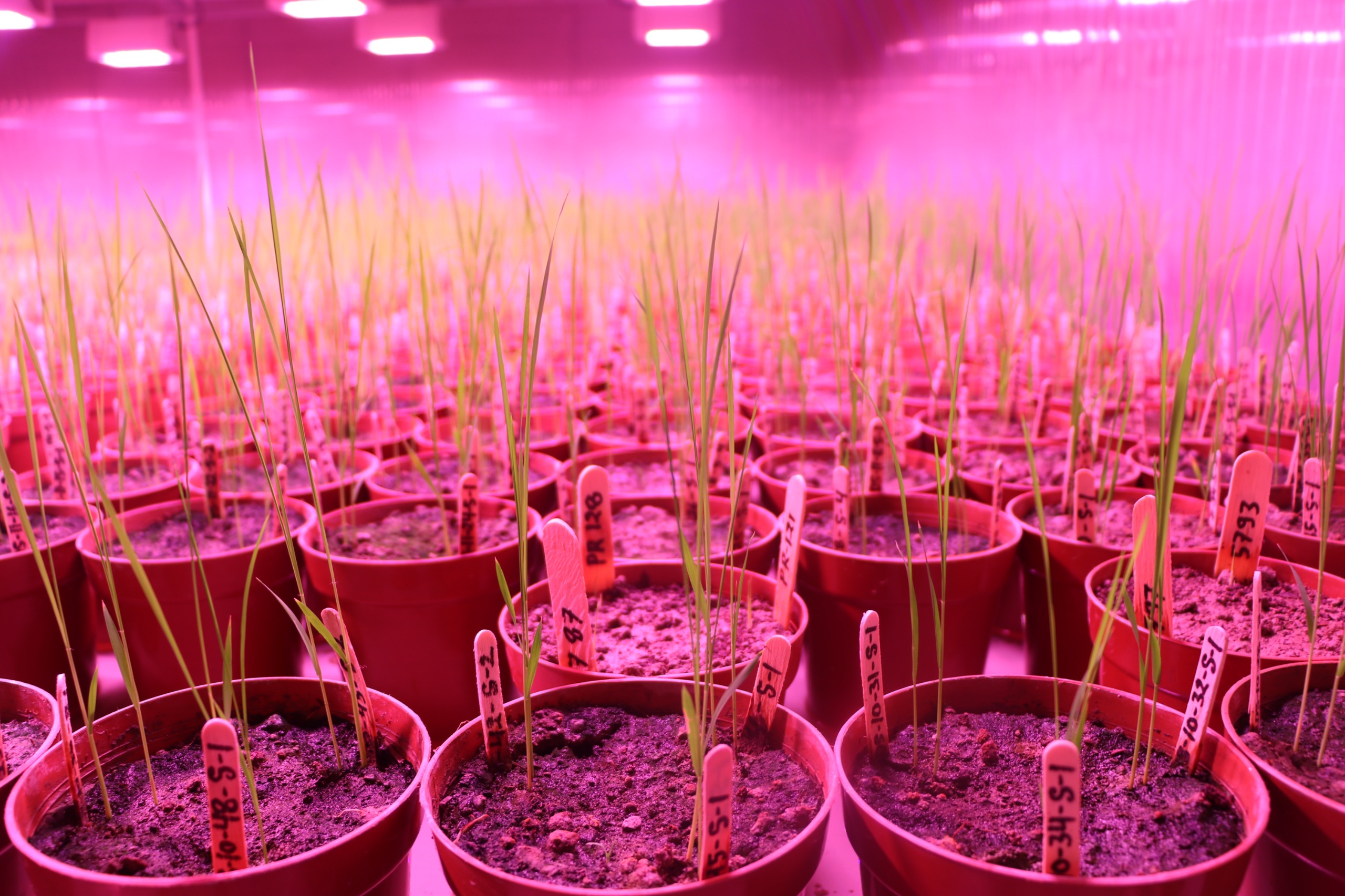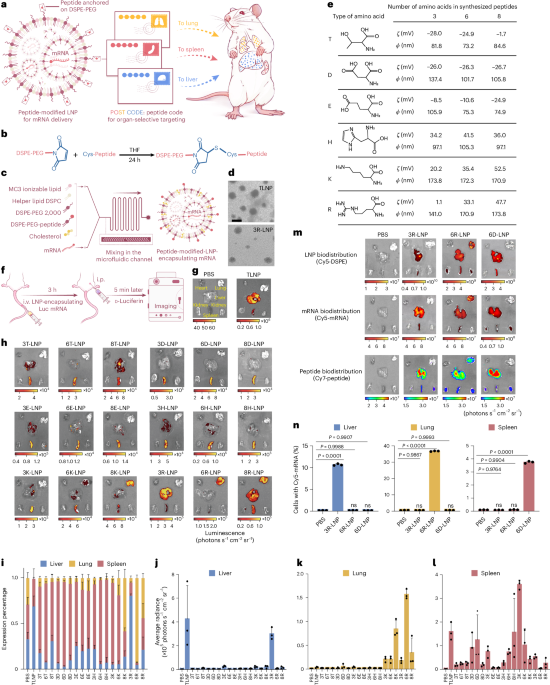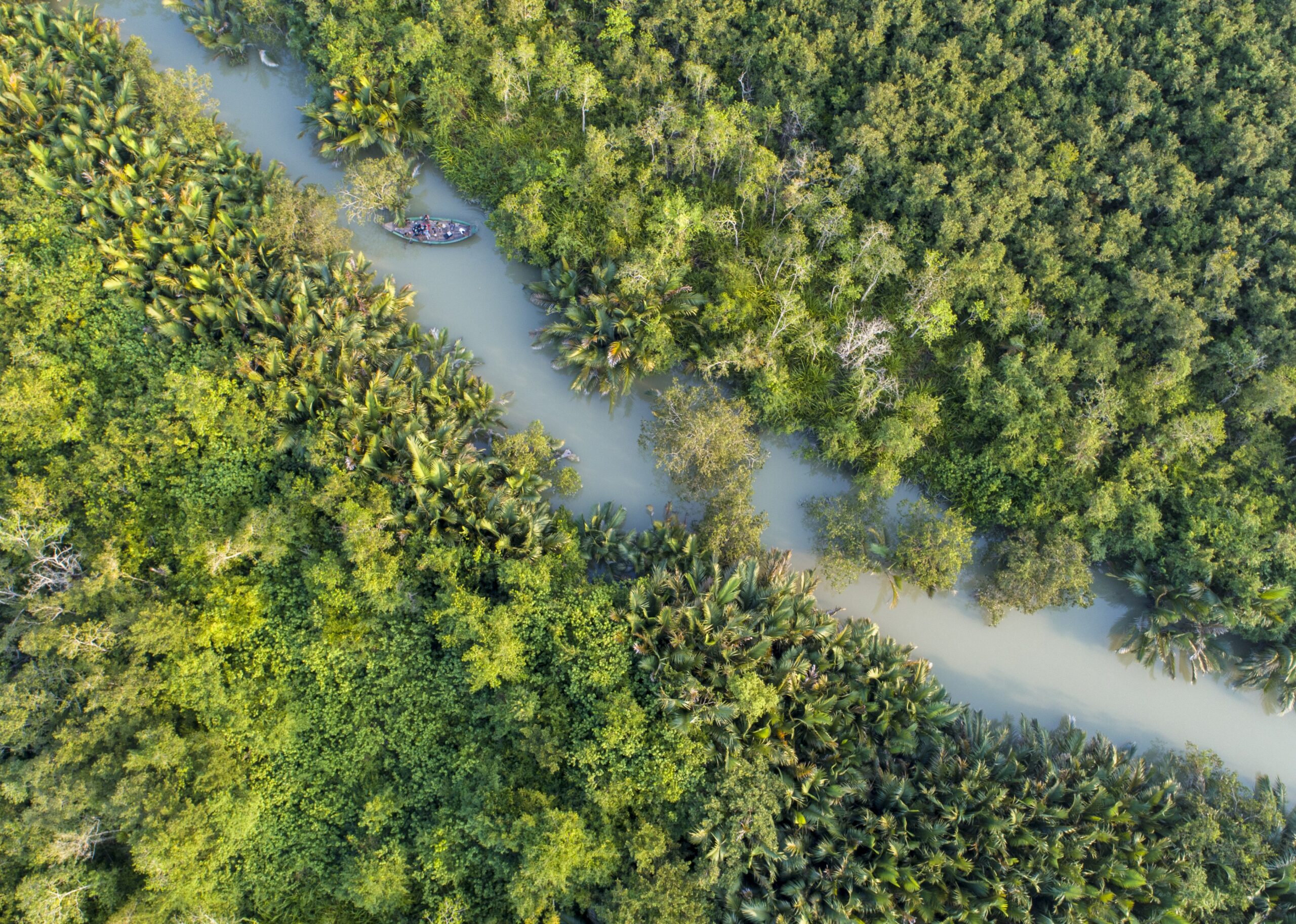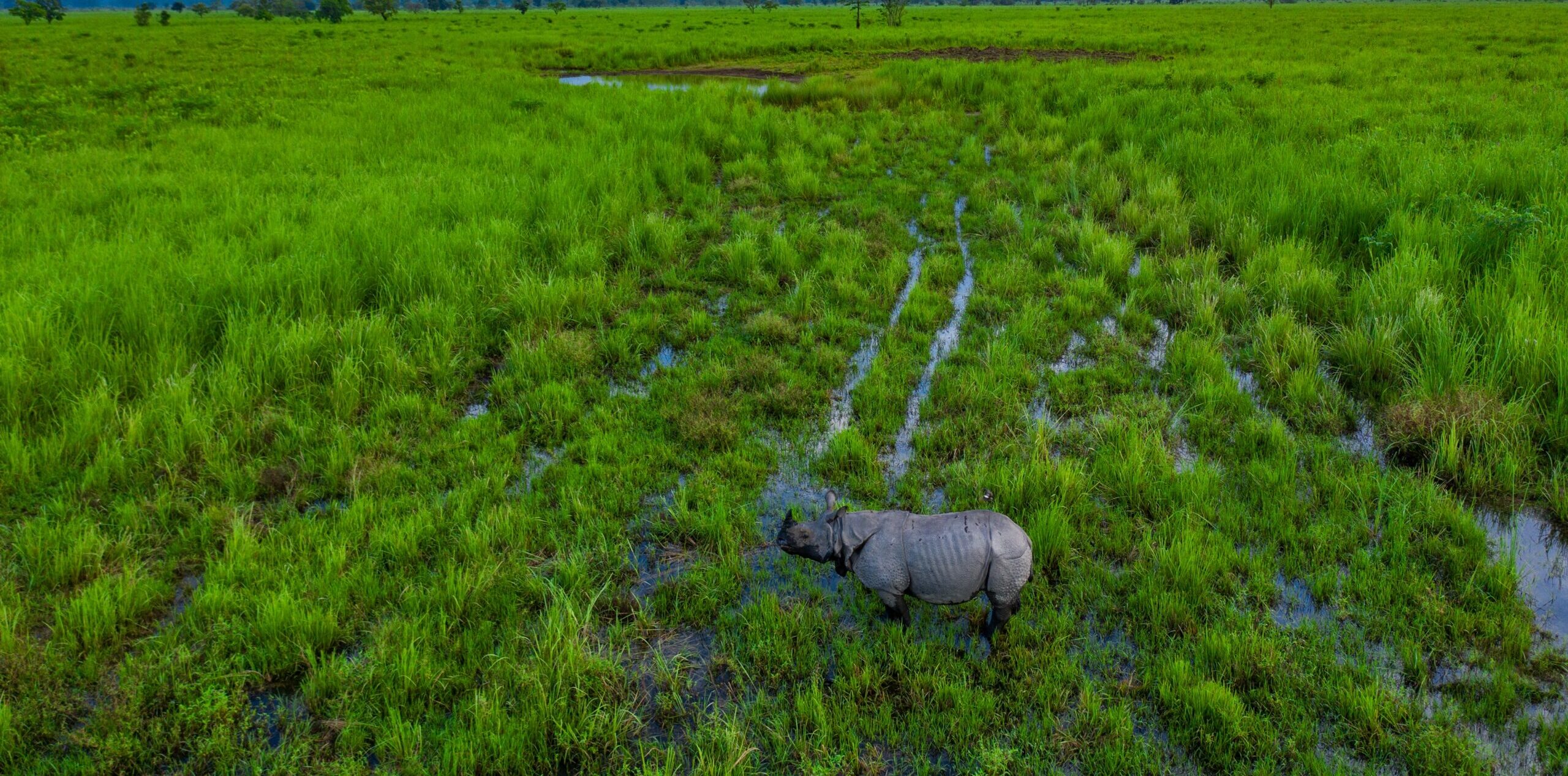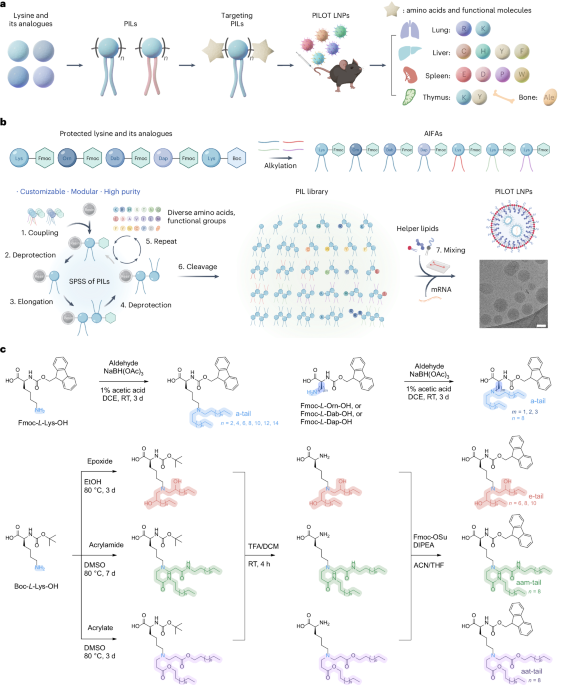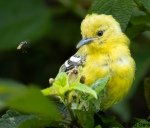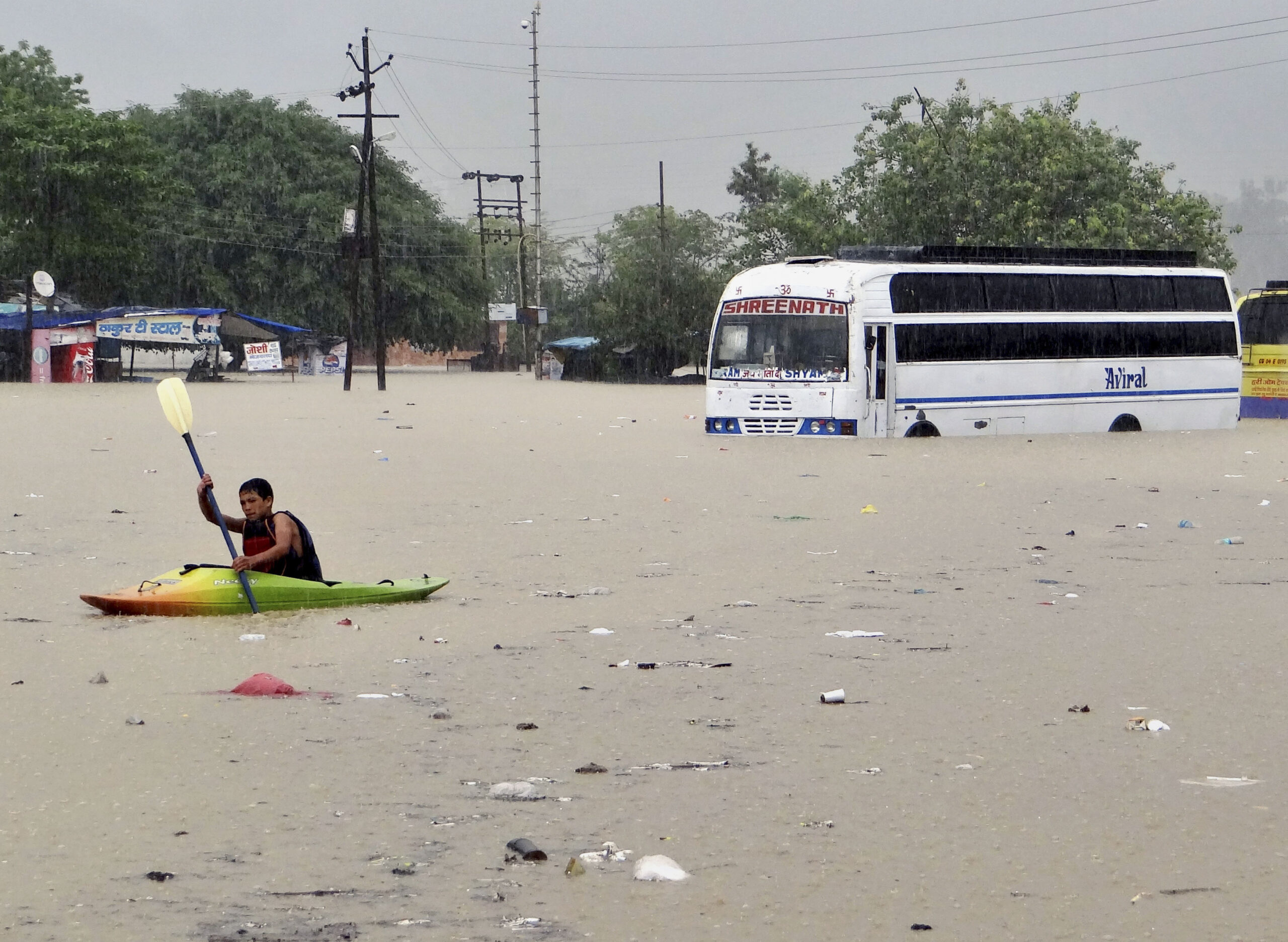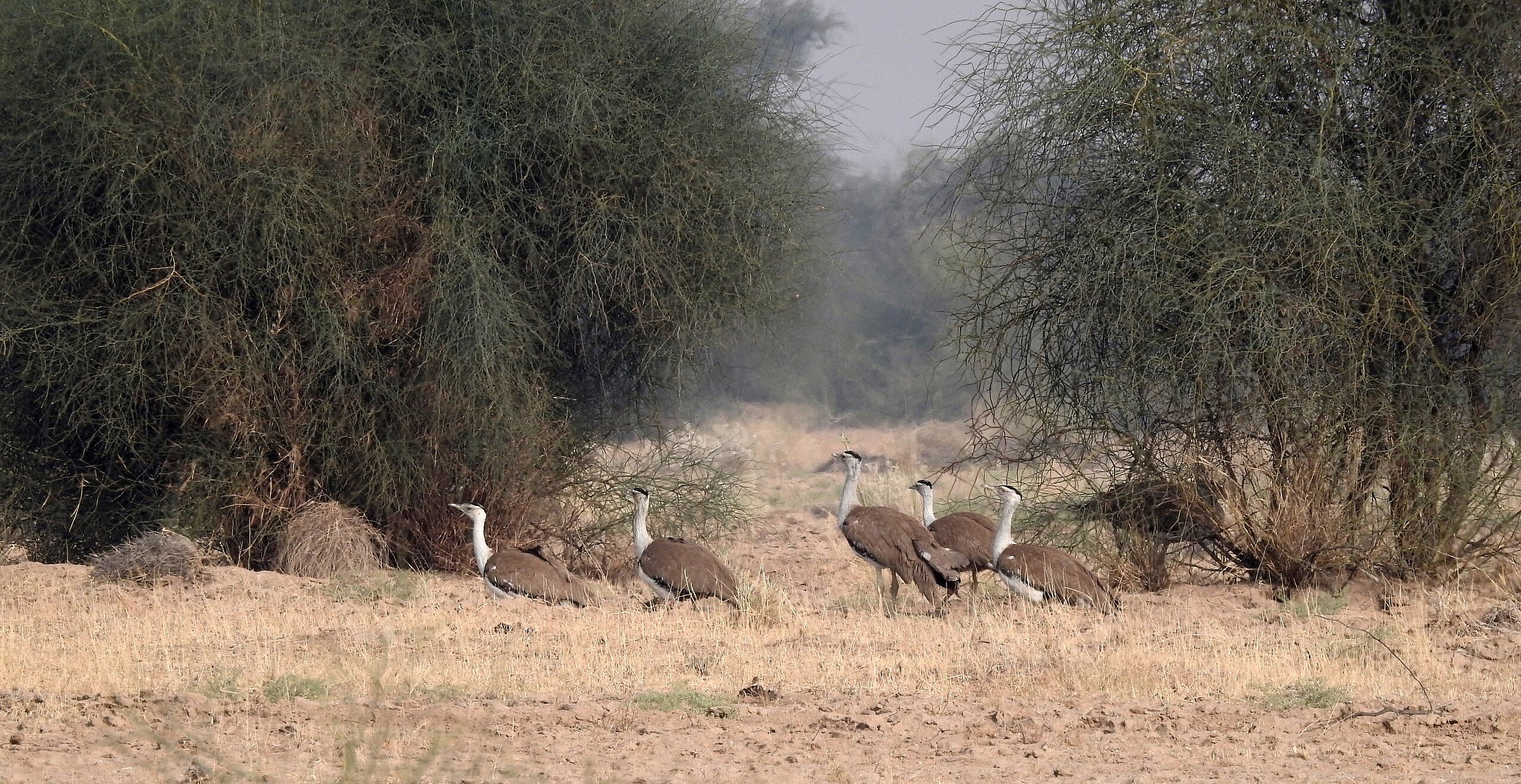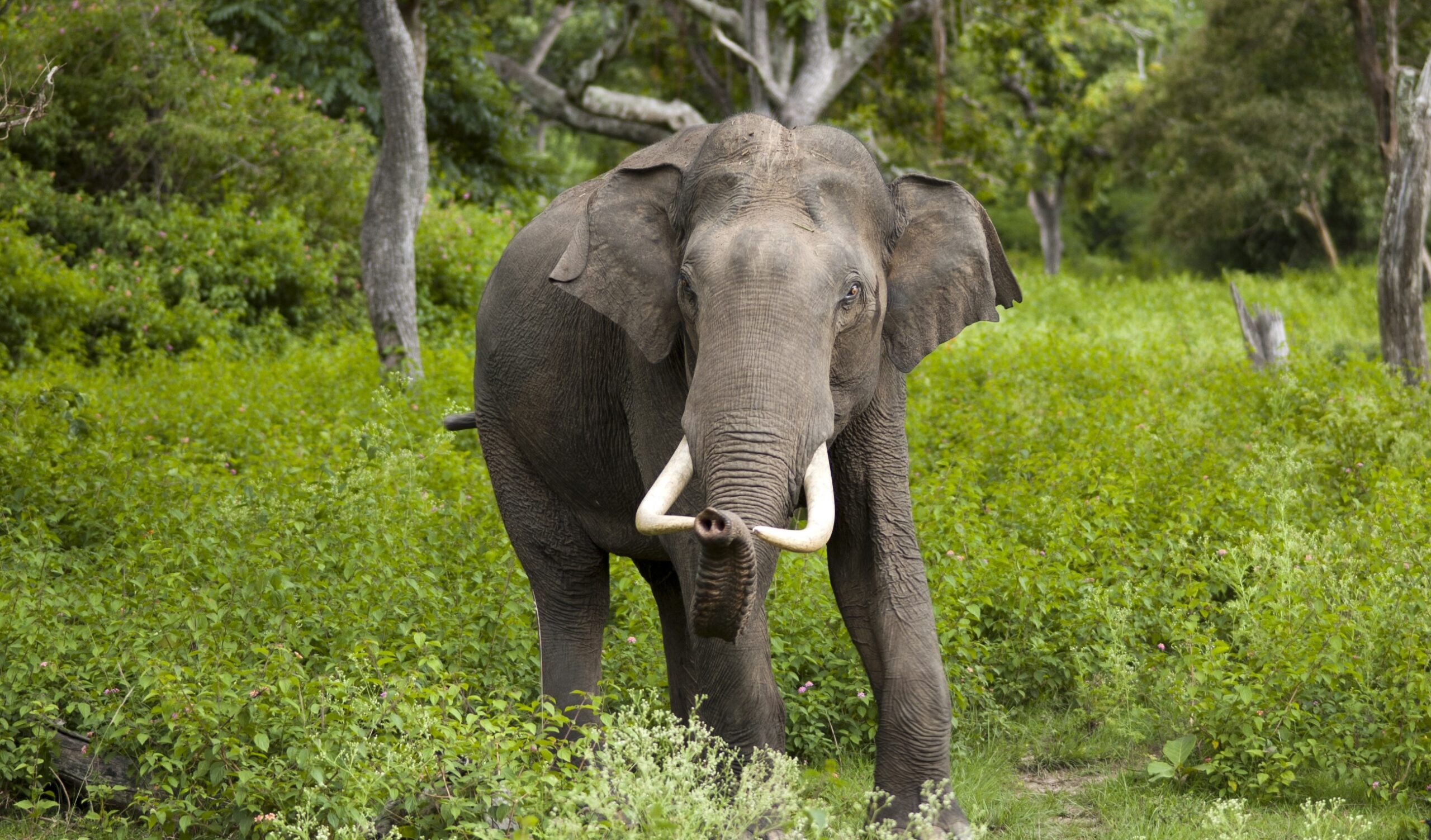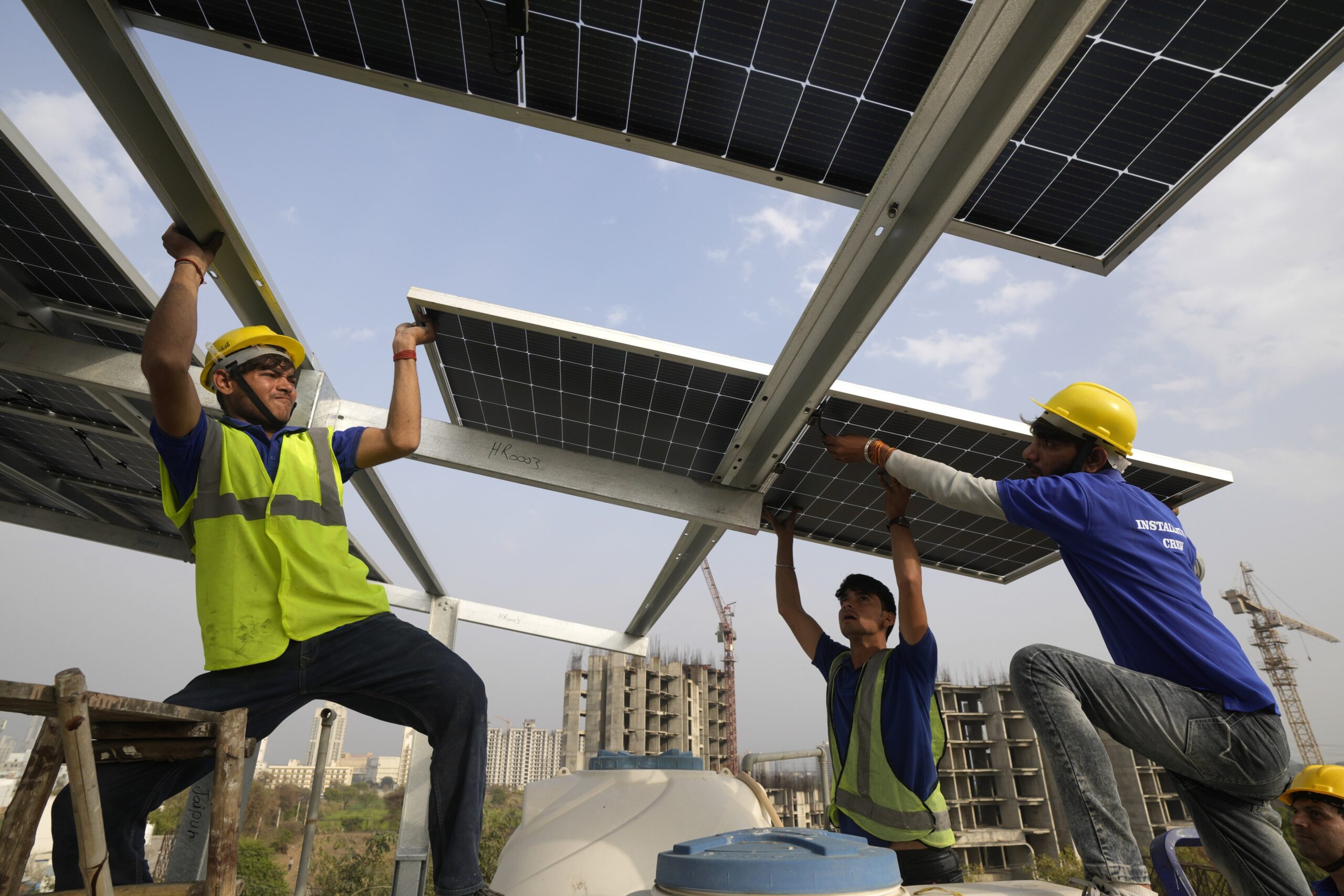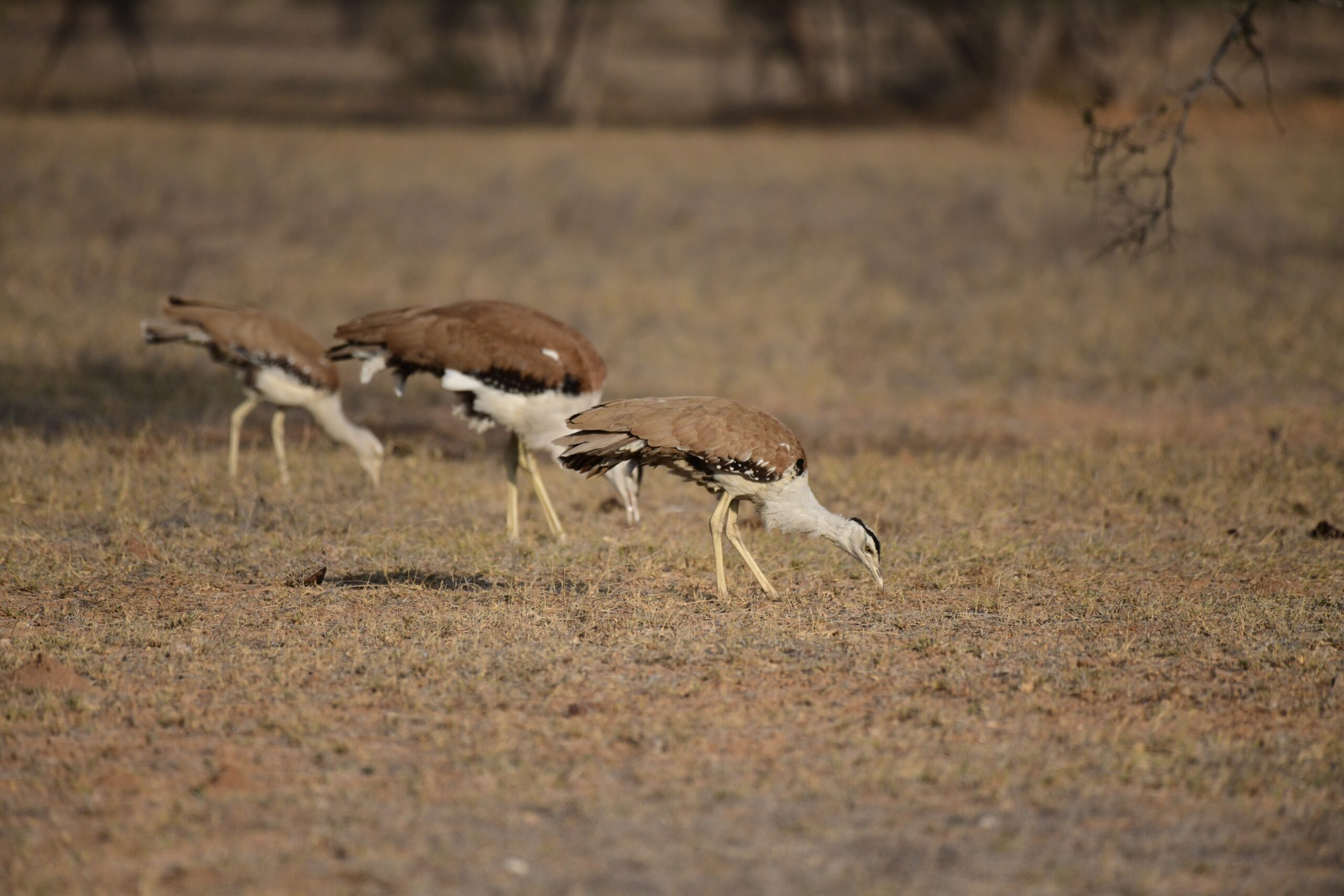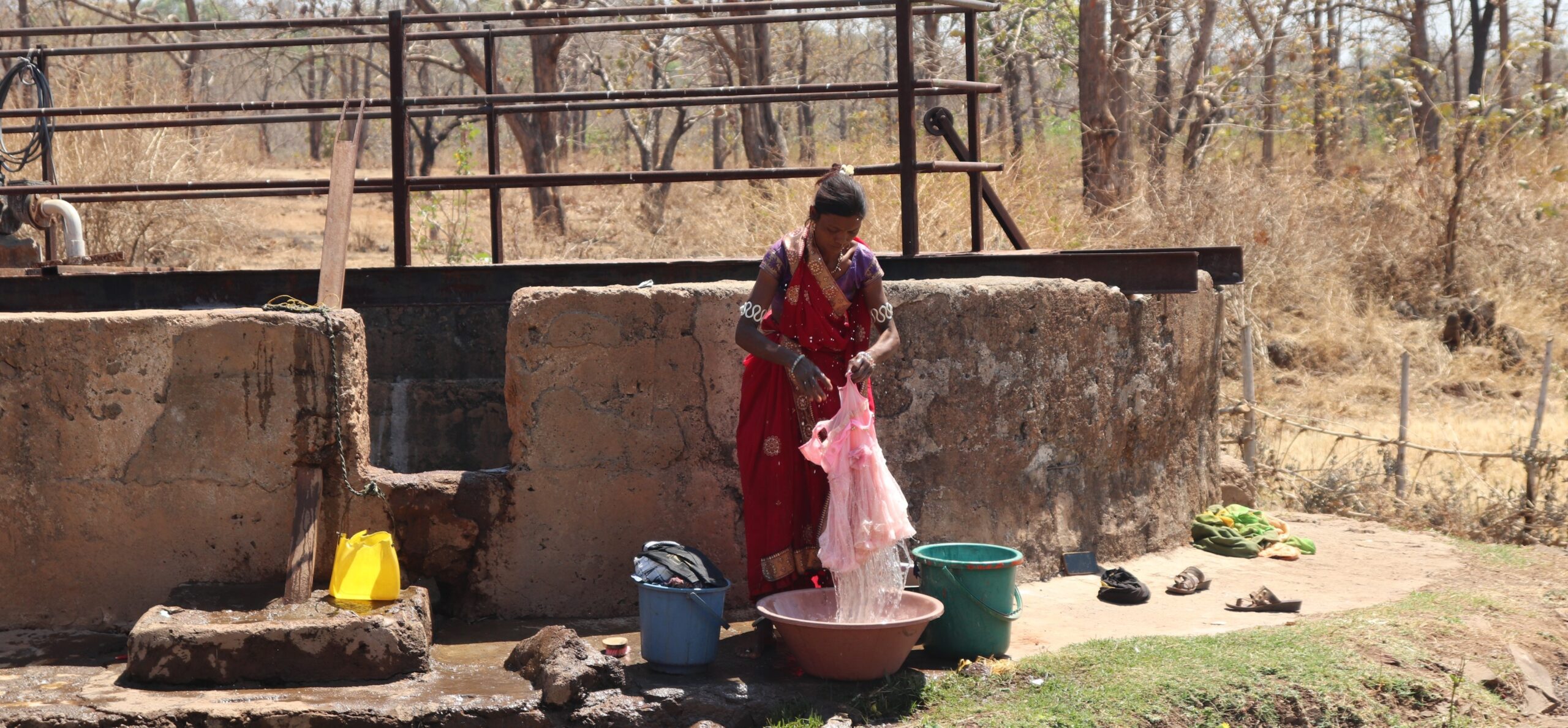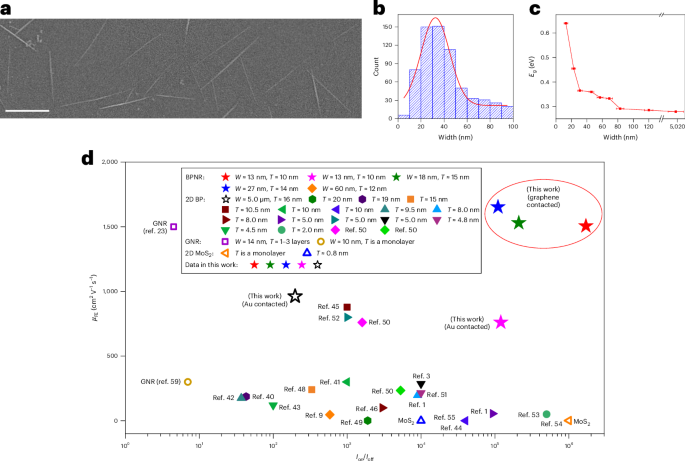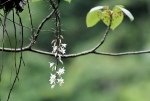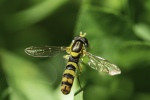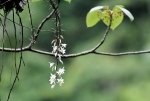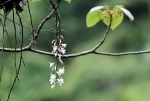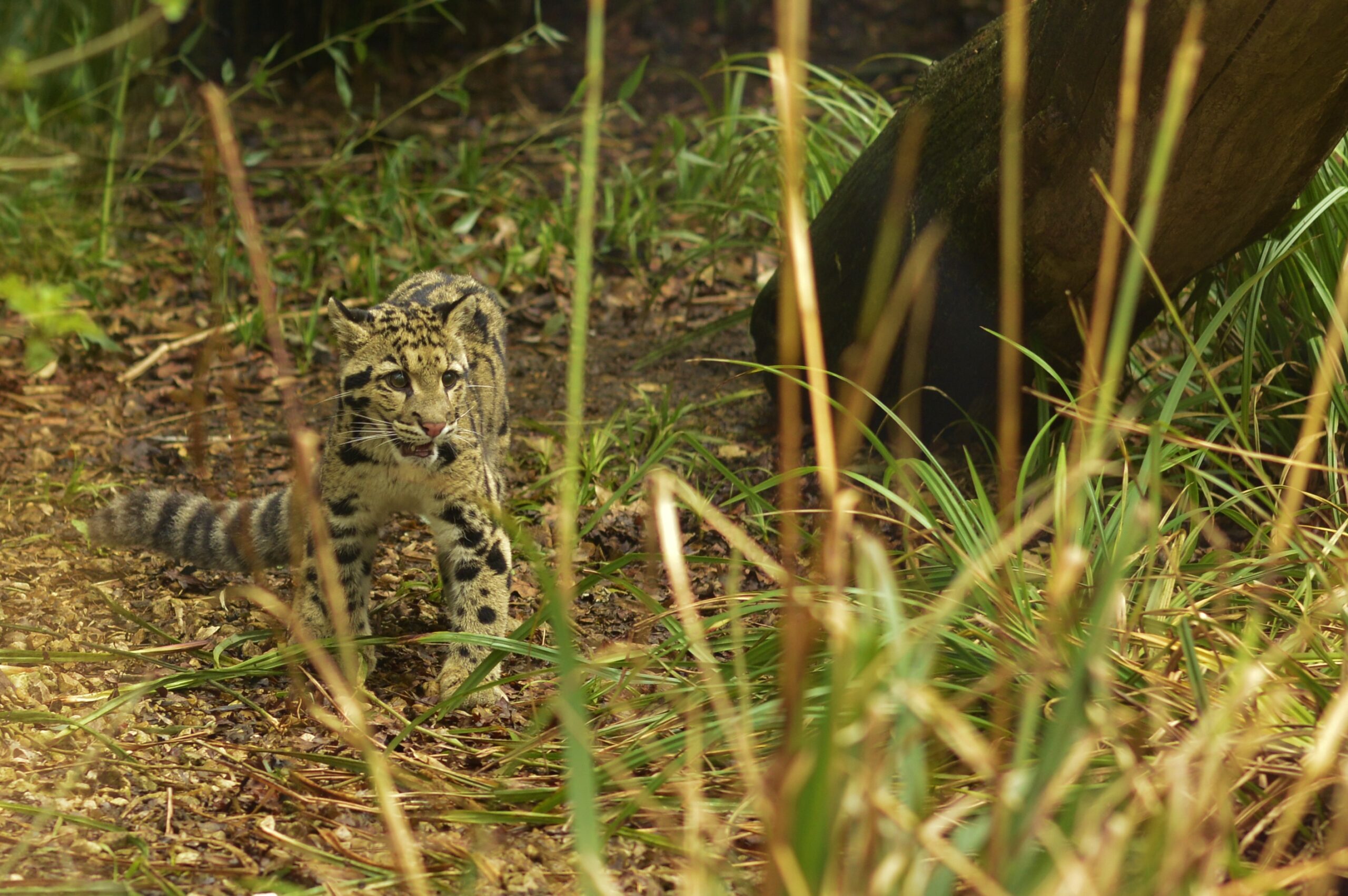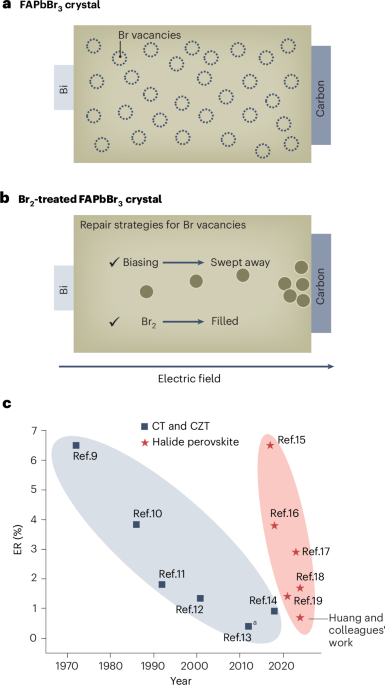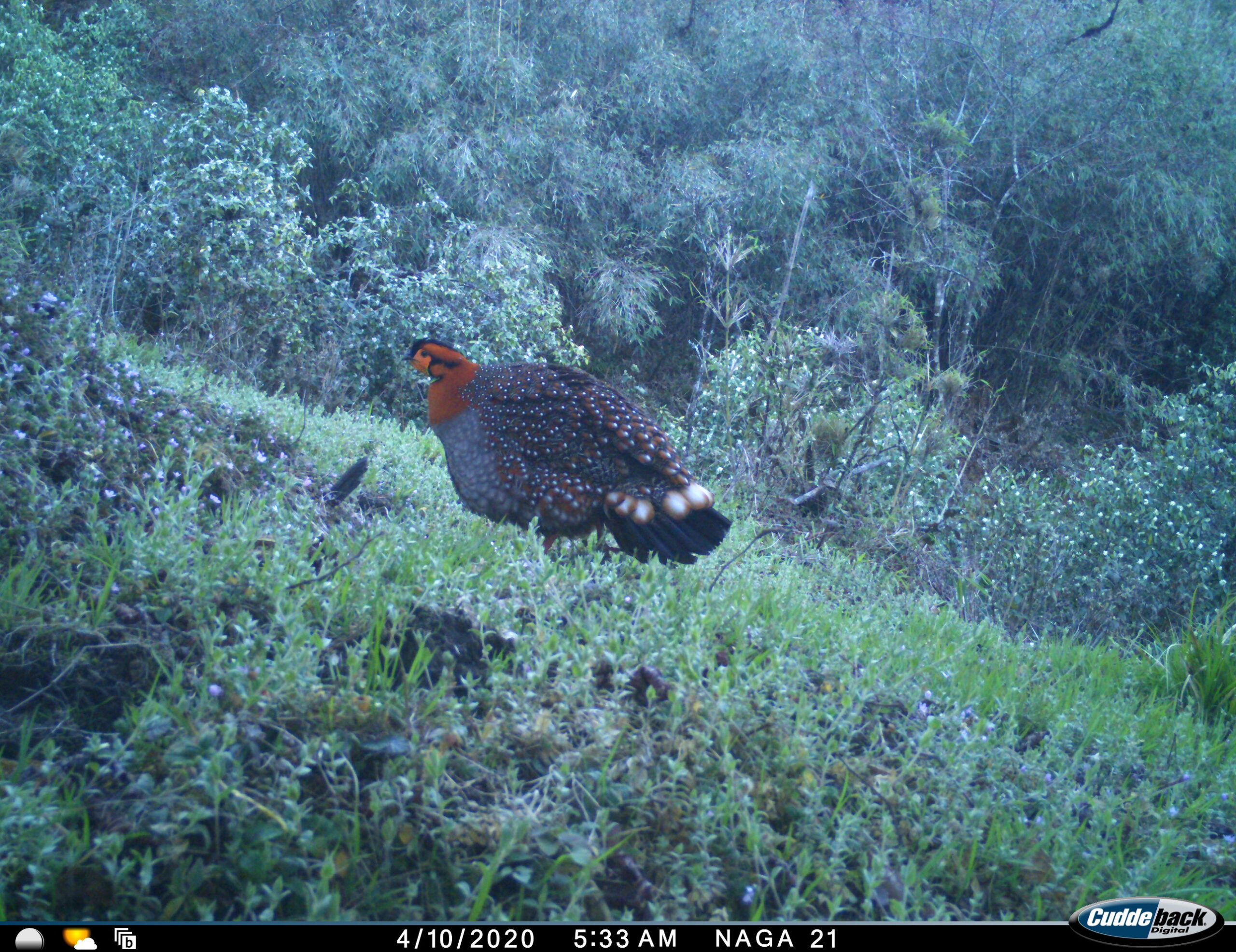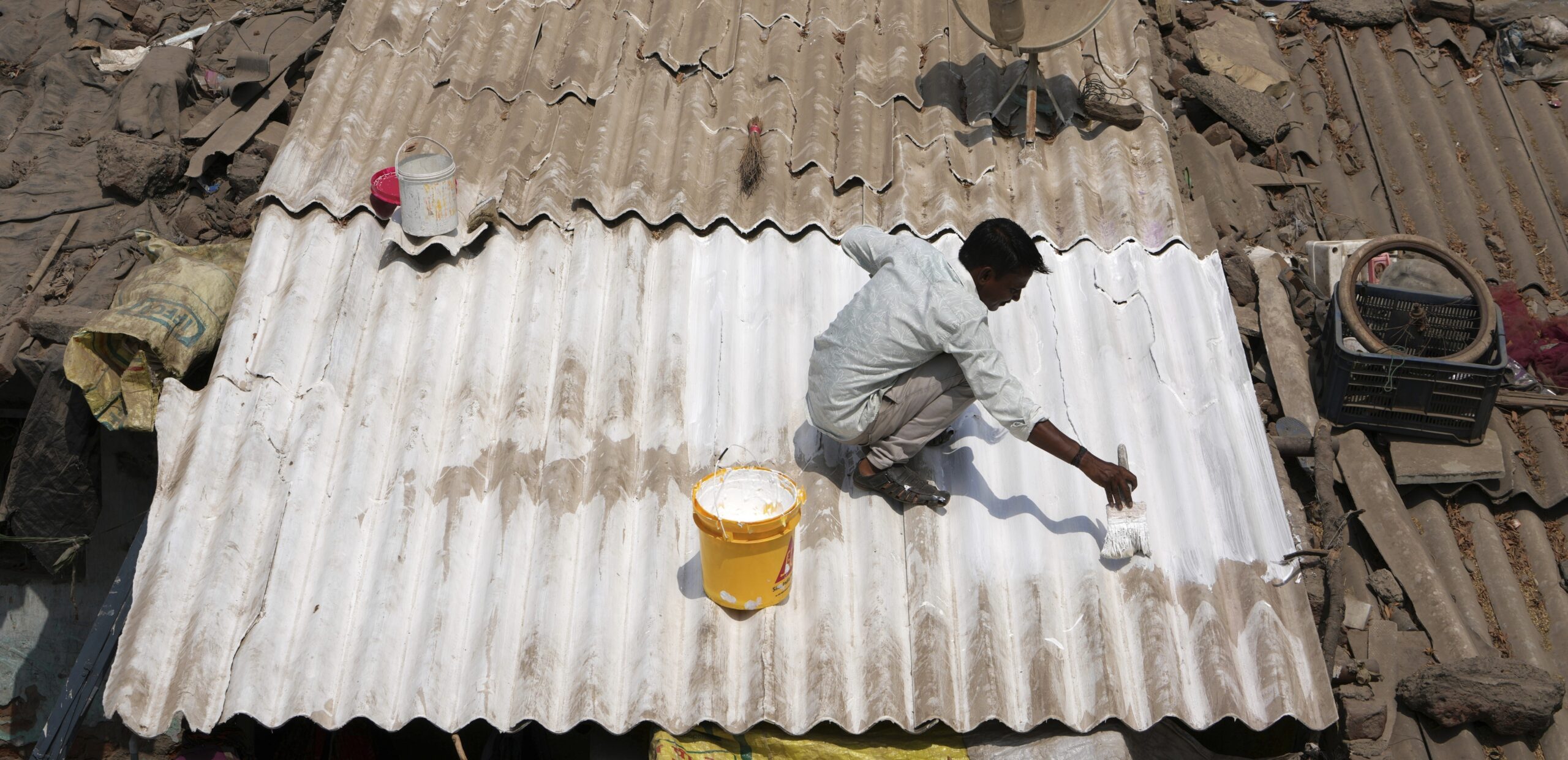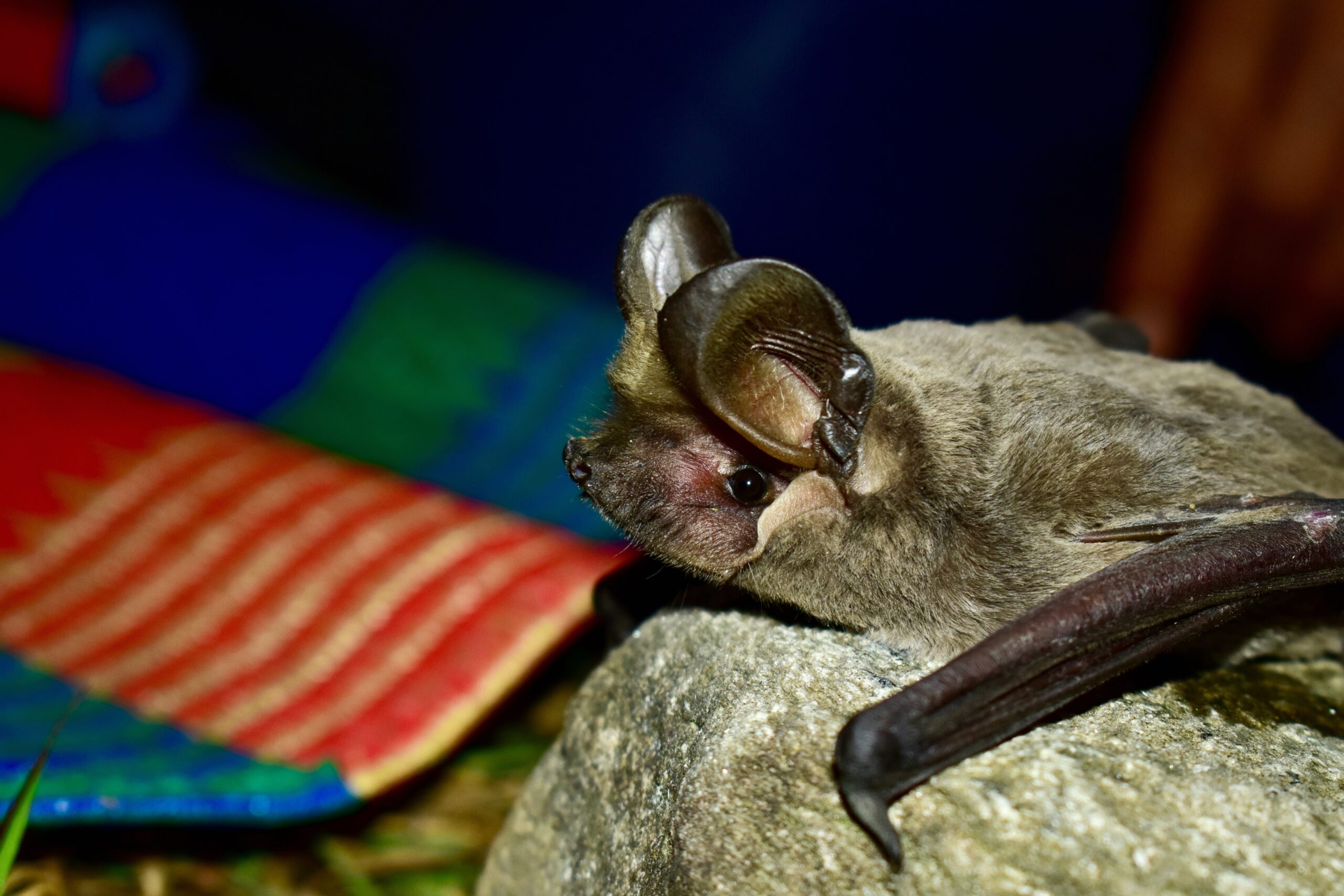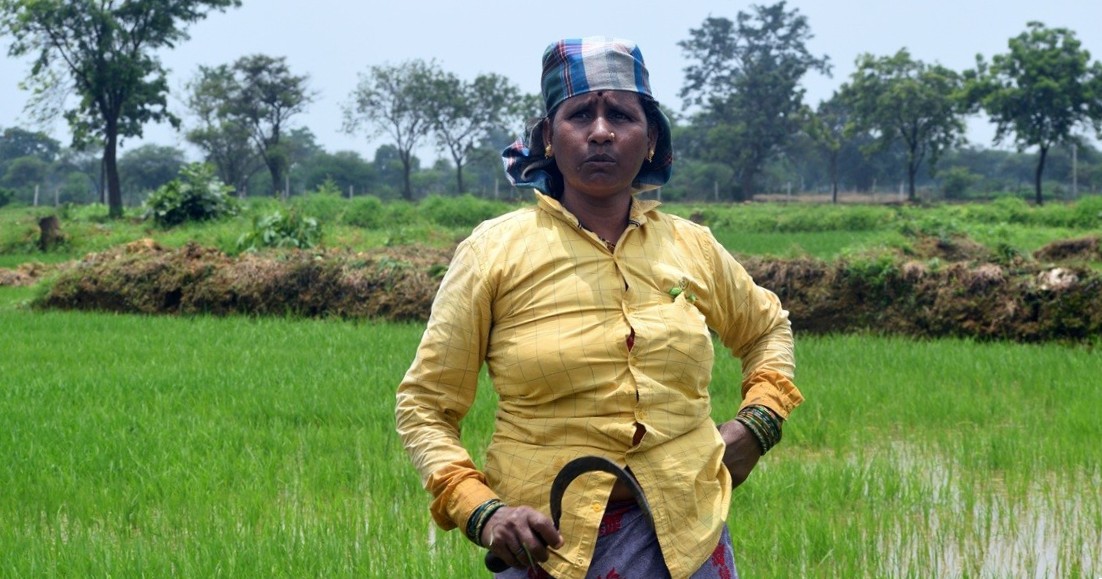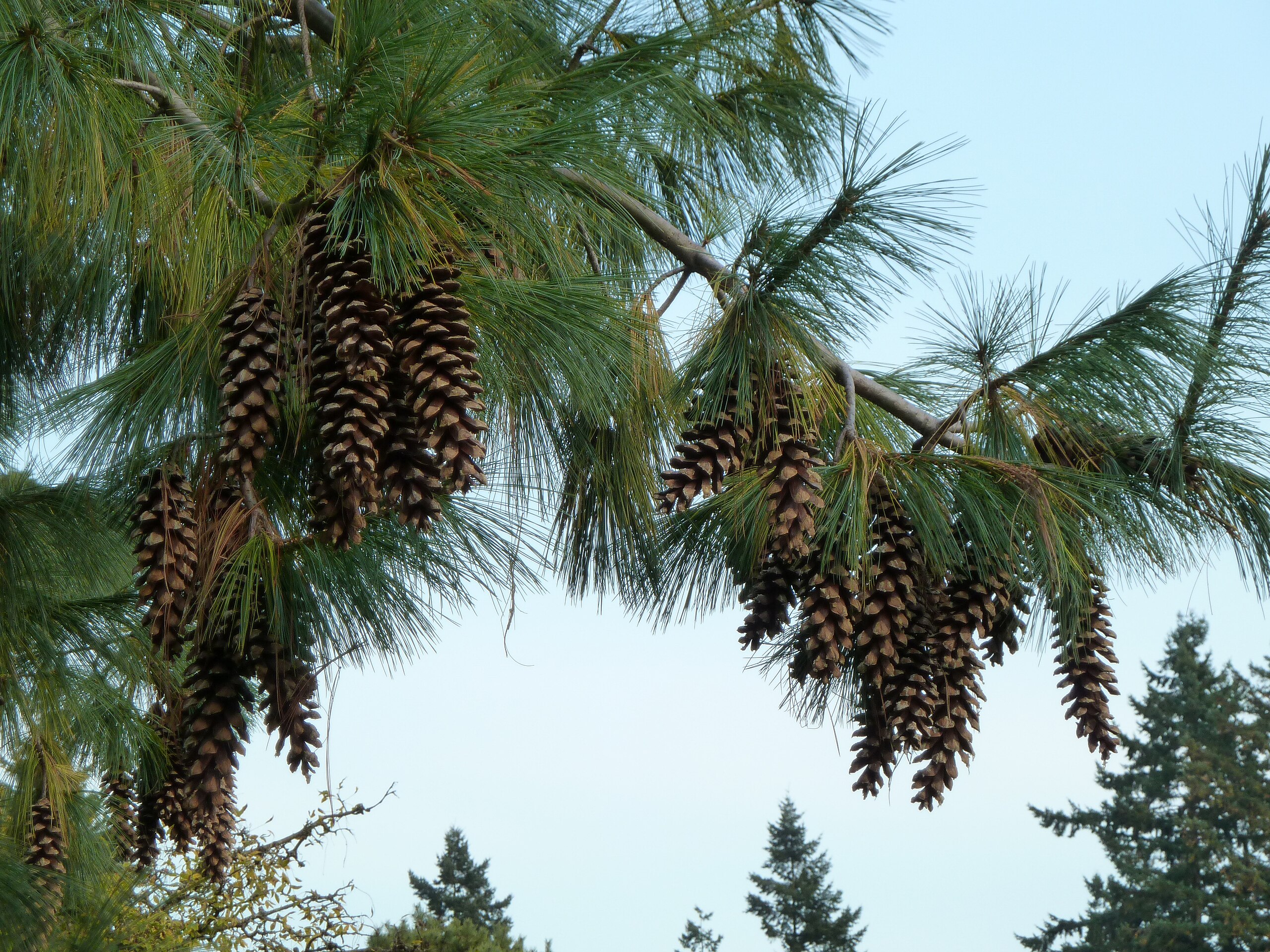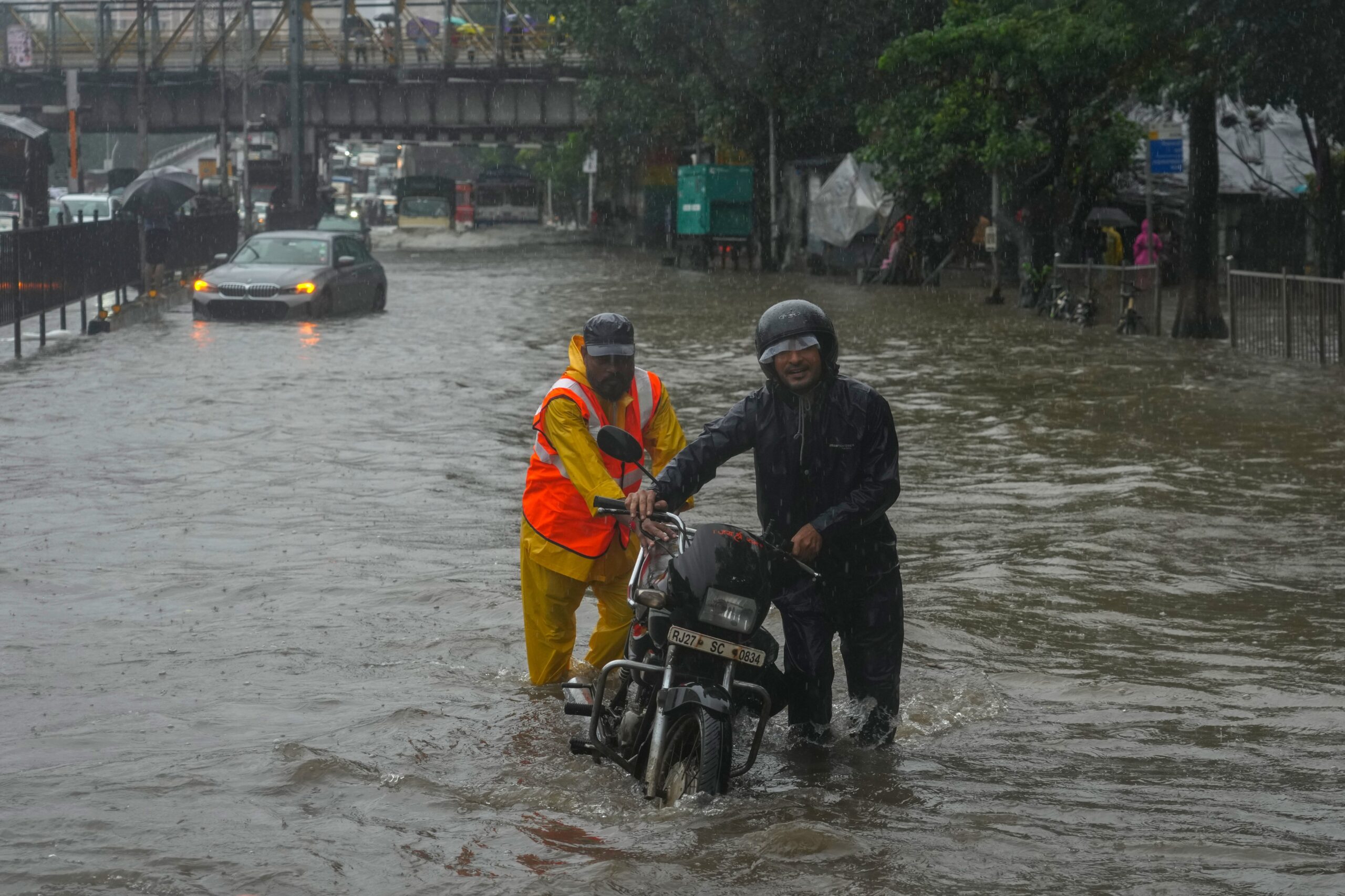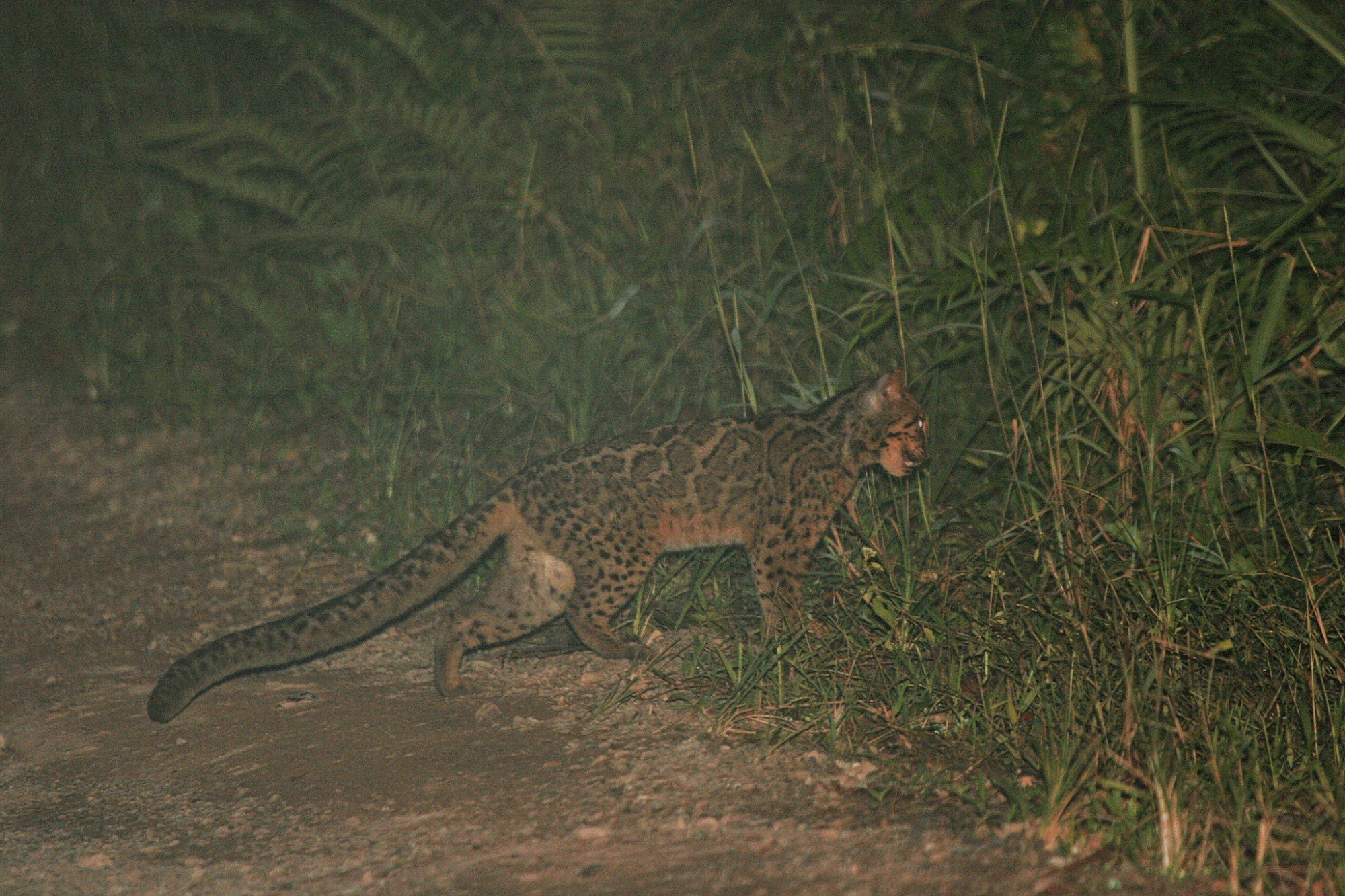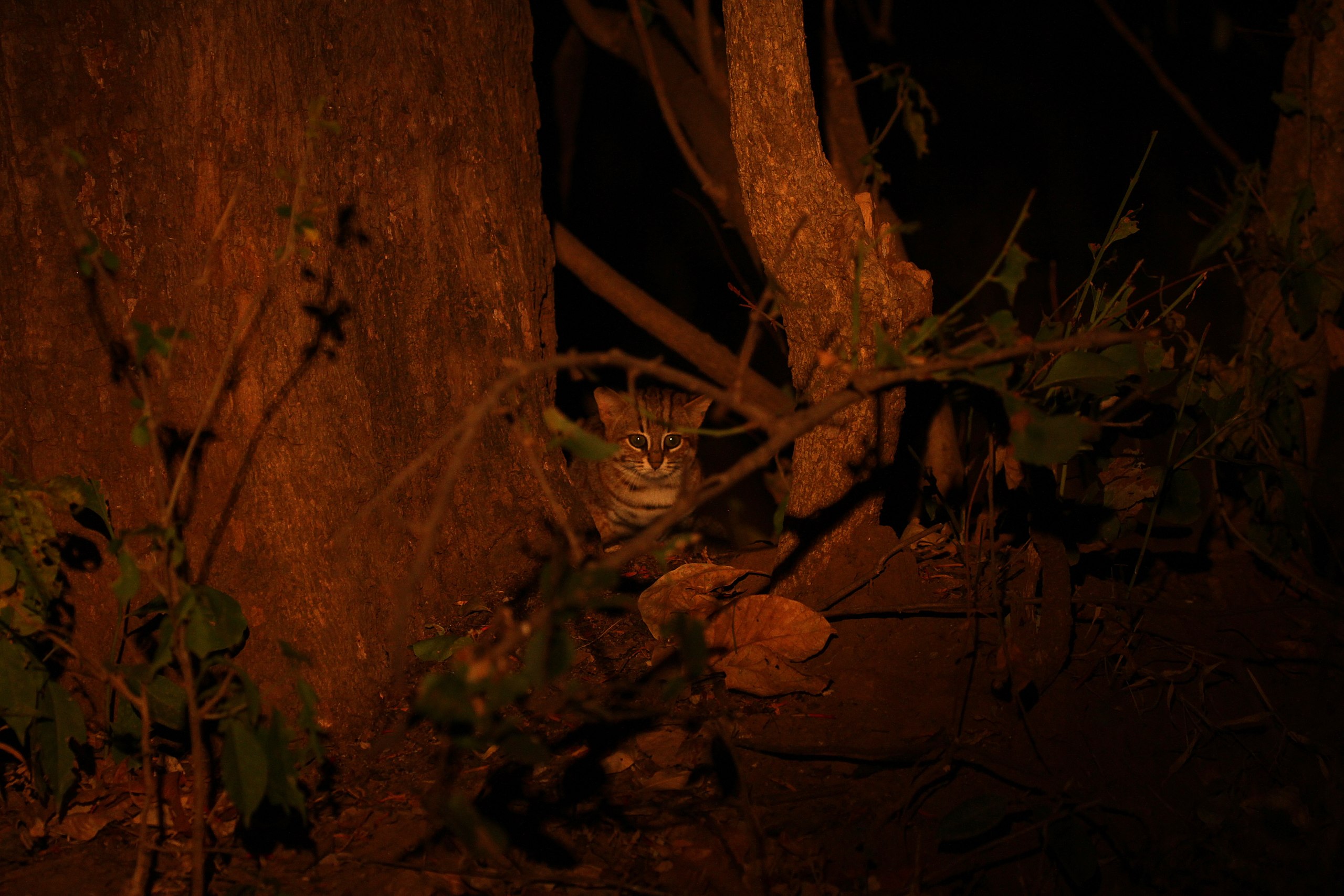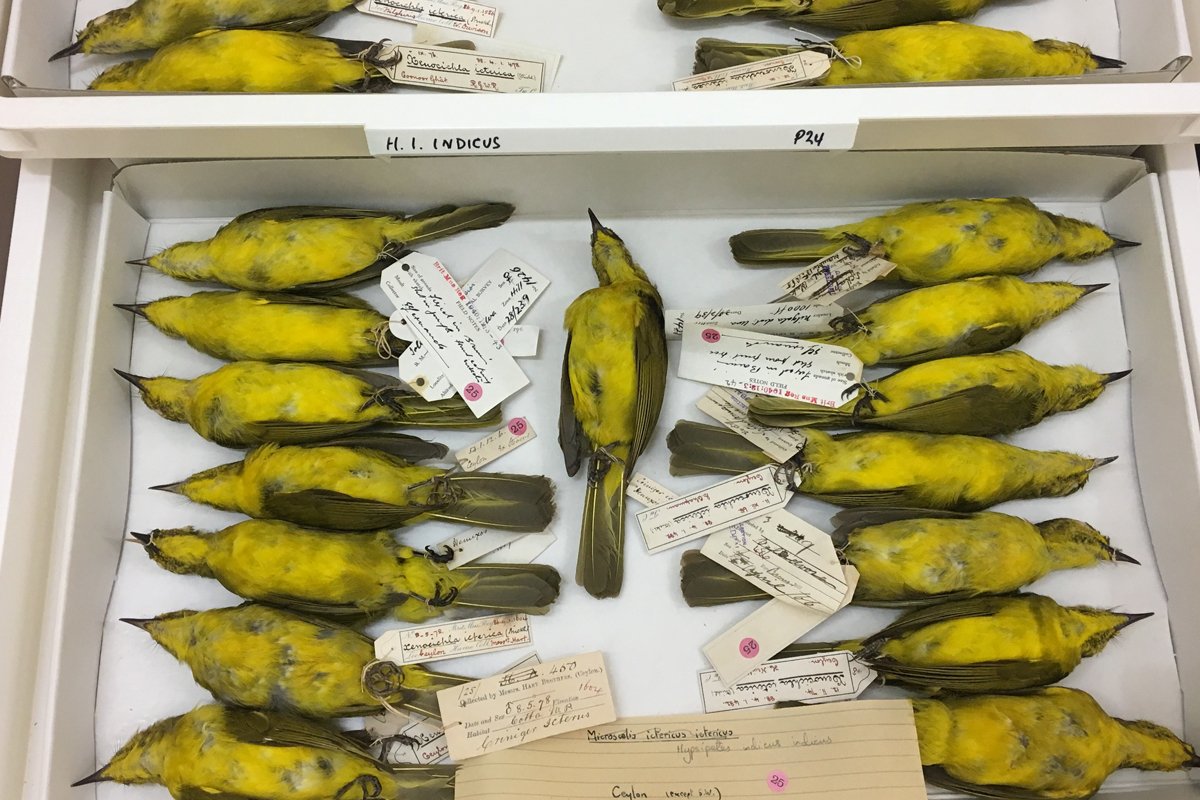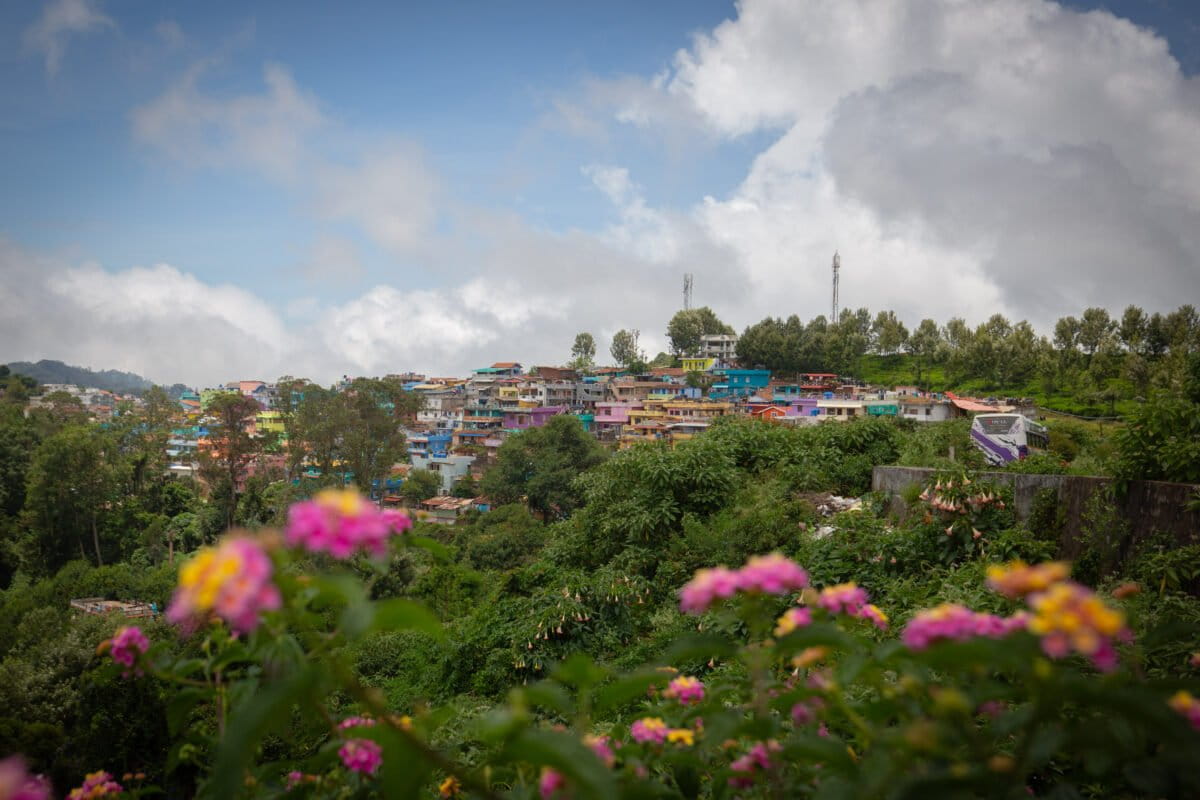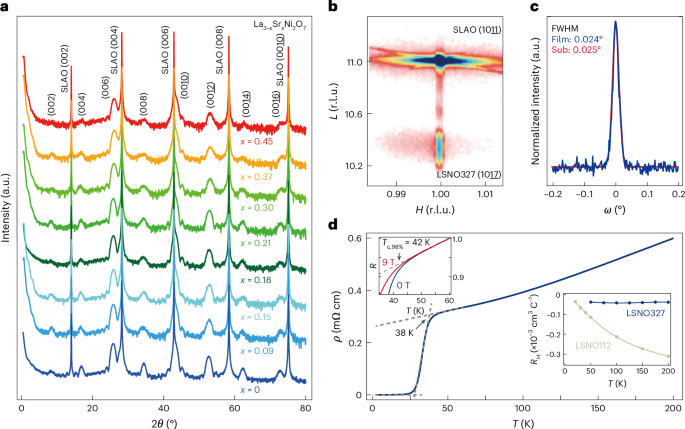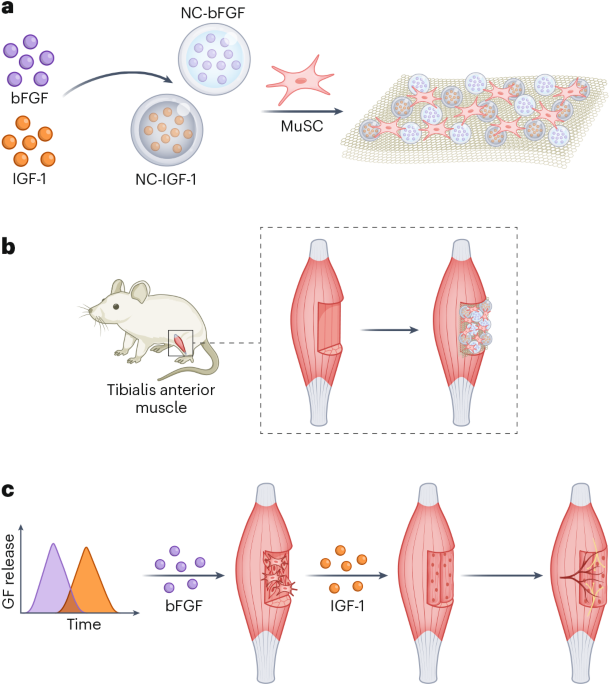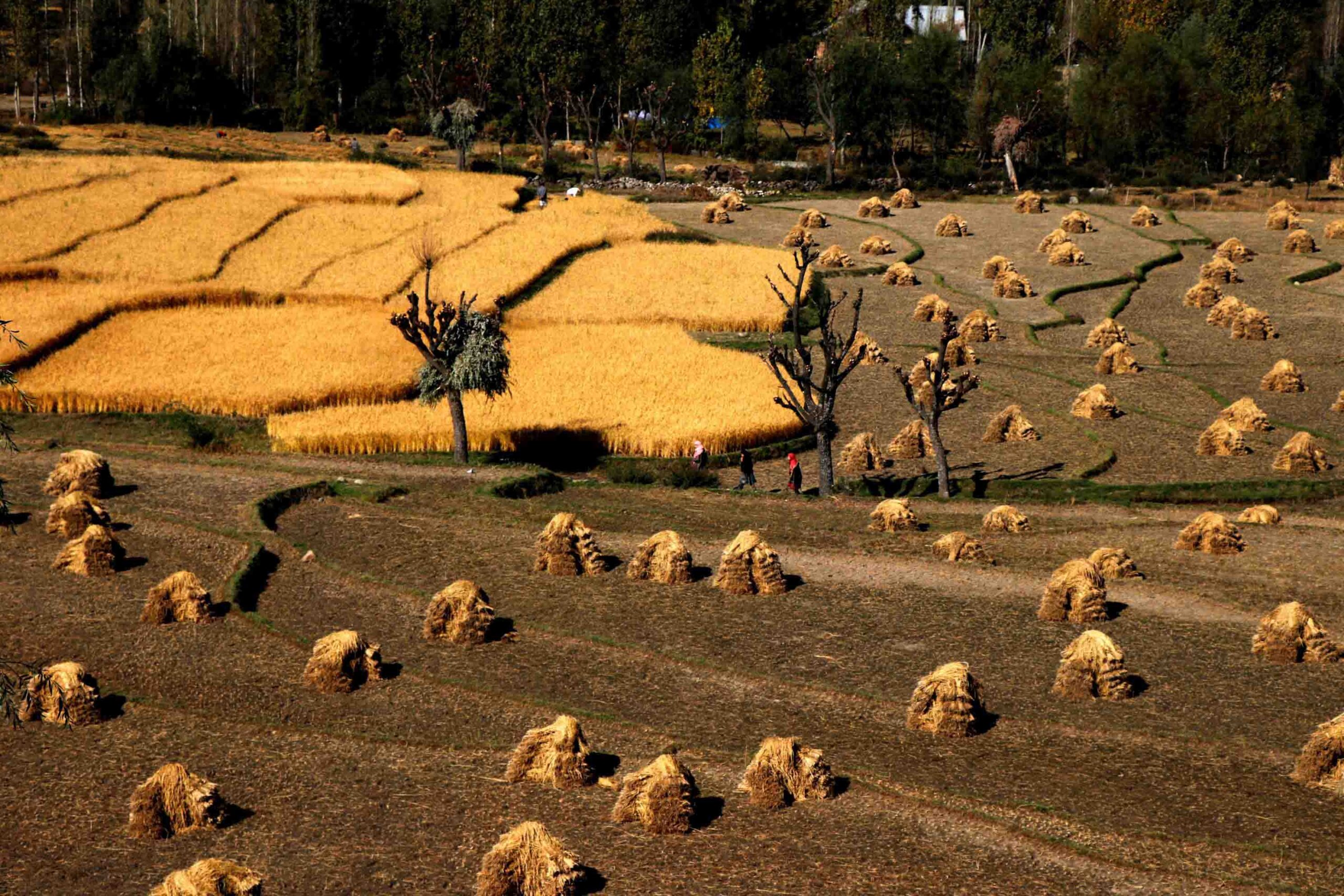
- Many farmers in central Kerala are increasingly replacing rubber with exotic fruit trees. The sector is predicted to grow in the next 30 years.
- The Kerala government is considering a legal amendment that would make a large-scale shift to exotic fruit trees possible.
- Scientists say the government should consider long-term impacts on ecology and farmer incomes, not just immediate gains.
Thidanadu panchayat stands in the midst of Kerala’s ‘rubber belt’ in Kottayam district. But in the past decade alone, a third of rubber farmland in the panchayat’s Ward 8 has been converted into exotic tree farms, according to Abraham Xavier, Secretary of the ward’s Rubber Producers’ Society. In the coming years, he says, several other farmers here plan to replace rubber with rambutan, exotic jackfruit varieties, dragon fruit, and other crops.
Rubber is the second most cultivated crop in Kerala, accounting for approximately one-fifth of the total cropped area. With unpredictable price fluctuations over the past couple of decades, farmers in the central Kerala rubber belt are gradually abandoning the cash crop, which has long been a lifeline of the region. Those who have transitioned from rubber to exotic fruit crops are reporting substantial profits, despite current knowledge gaps and supply chain issues.
Farmers’ demand has also prompted the state government to consider an amendment in the law that would allow a large-scale shift to these crops, says Nishand S., Deputy Director at Kerala’s Directorate of Plantations. However, scientists caution that a rapid shift could have a negative impact on both the region’s ecology and farmers’ profits.
Spurt in exotic fruit farming
Introduced pre-independence, rubber farming became widespread in several districts in Kerala since the 1970s, contributing to improved living standards. Now, farmers say rubber no longer has a future here.
“The prices drop suddenly,” says Xavier, adding that the shortage of rubber tapping labourers is another concern. “Repeated replanting of rubber has also reduced soil nutrition. This, along with climate change, has reduced productivity and income.”
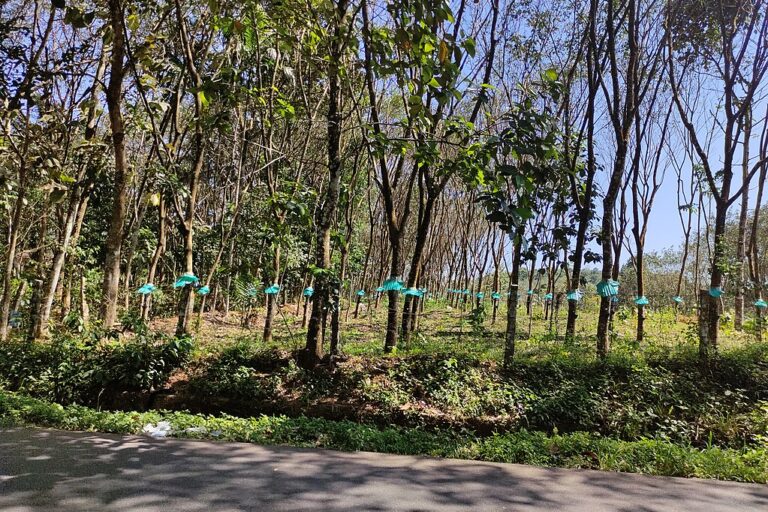
According to a study commissioned by the state government and conducted by the Indian Institute of Management (IIM) Kozhikode, the revenue from rubber in the state plummeted from ₹210 billion in 2013-14 to ₹93.60 billion in 2021. Rubber prices had crashed in this period, prompting farmers to consider alternatives. A study by the Rubber Board revealed that the area under rubber farming declined between these years in Kottayam, Idukki, and Ernakulam districts, with only a marginal increase observed in Pathanamthitta. These districts account for two-fifths of Kerala’s rubber farmland, with the largest area located in Kottayam. The study says that these are historically major rubber-growing districts in Kerala, and also the districts where rubber growers are generally perceived to be more economically affluent. In contrast, other districts in central and south Kerala registered an increase in the rubber farming area in this period.
Varkey George, an engineer-turned-farmer in Kottayam, now grows rambutan in part of his 15-acre rubber farm. He says his profit per acre of rubber is only around ₹20,000 per year, compared to ₹150,000 from rambutan. Instead of converting their entire rubber plantation at one time, farmers like George, who have medium-sized farms (around 10-25 acres), convert parts of the farm that are due for replanting.
While there is no official estimate on the scale of this shift, Jose Jacob, Managing Director of the Kottayam-based nursery Homegrown Biotech, states that their customers grew a total of 7,000 hectares (~17,000 acres) of exotic fruits commercially as of 2024, a significant increase from just around 120 hectares (~300 acres) a decade ago. The company has 6,000 customers, which comprise approximately 80% of Kerala’s exotic fruit farmers, says Jacob.
According to Homegrown’s projections, exotic fruit farming will occupy an area of 400,000 hectares (almost a million acres) in Kerala within the next 30 years, mainly driven by the state’s medium-scale farmers. This is almost as much as the area under rubber cultivation in 2020 when it was around 600,000 hectares (1.5 million acres).
The proponents of exotic fruit farming argue that Kerala is the only Indian state with a tropical wet climate that is conducive to growing fruit trees native to Southeast Asian countries. The IIM-K report, mentioned earlier, says this gives the state a unique advantage in both the domestic market and exports.
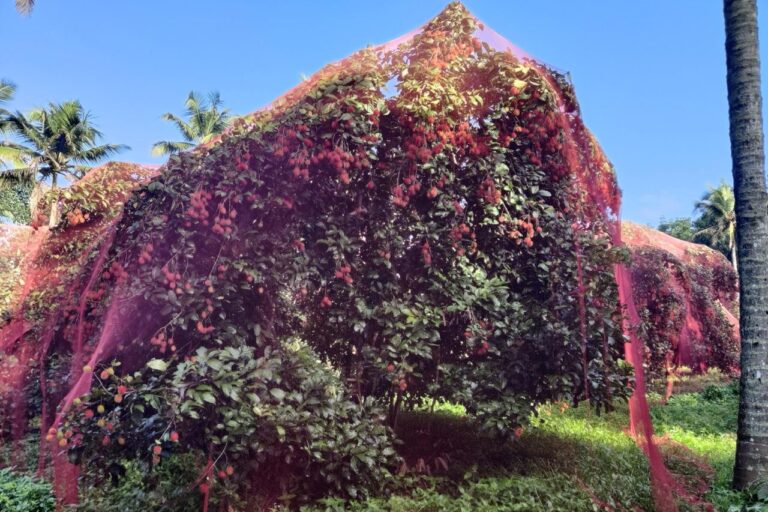
Barriers to transition
From cultivation to storage and sales, exotic fruit farmers in Kerala are learning as they go.
In Pathanamthitta, for example, some dragon fruit farms suffered a fungal attack this year, says Stephen Abraham. But unlike the cases of rubber or native crops, government departments were unable to give scientific information on tackling the problem, say several dragon fruit farmers in the district. The farmers ultimately suffered huge losses. Dragon fruit offers good earnings from the first year of cultivation, but a fungal attack such as this would mean losing the entire initial investment, which can be as high as ₹600,000 per acre, says Stephen Abraham. Abraham grows both dragon fruit and rambutan in a part of his 25-acre rubber farm.
Intense rains during the exotic fruit trees’ flowering season can also cause losses, which can be reduced through soil and plant management, farmers say.
Despite these risks, farmers are mostly learning from experience or just by browsing the internet.
Some are also testing less popular exotic fruits, such as avocado and mangosteen, in parts of their rubber farms. Thomas Karippaparambil Cherian, a farmer in Kottayam, has achieved success with three out of five crops he planted. “I budget for research and development annually. Even if one crop succeeds, I can expand it and make good of my expenses,” he says. Since different exotic fruits yield at different times of the year, successful farming of multiple crops could mean round-the-year income for the farmer.
Another challenge is that exotic fruits have a relatively short shelf life and lack a proper supply chain, unlike rubber. Currently, rambutan is the most popular exotic fruit in the region due to the ease of sales. This is because traders from Tamil Nadu traditionally used to buy the fruit from homestead trees here. With this informal supply chain in place, farmers only need to ensure the quality of their fruit, while the traders take care of netting, harvesting, and transportation.
Although the traders offer good money at present, farmers lack a backup option for sales since rambutans perish quickly. If not retailed within 72 hours, it becomes discoloured and unappealing, says Cherian. “So, we can’t send the rambutan from here to, say Mumbai, by road.”
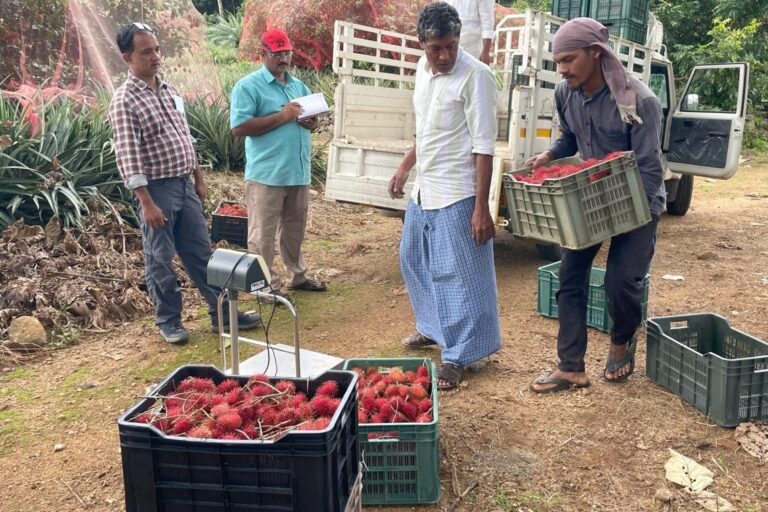
In the case of dragon fruit, which can be grown across India, sales are more difficult. Farmers have to identify wholesalers in cities like Kochi who dictate prices. Stephen Abraham says his profits would be higher if he could sell the fruit directly to consumers or retailers, but this isn’t possible in the absence of cold chain infrastructure.
Jose Jacob of Homegrown Biotech says the technology to extend the shelf life of these fruits is available in countries like Thailand, but only large plantations have the wherewithal to bring in such technology. Large farmers’ entry is also expected to bring in private players who would set up procurement centres and cold chain facilities, which small and medium farmers can plug into.
However, the Kerala Land Reforms Act currently prohibits plantation owners with over 15 acres of land from cultivating other crops on more than 5% of their land. For years, medium farmers under the banner of the Kerala Farmers Federation Society have been demanding the inclusion of exotic fruits as plantation crops under the Act. This would allow medium and large farmers to grow these trees on as much land as they own.
The IIM-K report recommended the same, adding that farmers should be allowed to switch between these crops without interference. The state government is now discussing amending the Act before the upcoming Assembly session, says Nishand S. “Since the revenue department administers the Act, the decision should come from them. If they approve, the government may take the opinion of the environment and other departments about the possible ecological impacts.”
The high water requirement for exotic crops is also a significant entry barrier, especially for small-scale farmers. Stephen Abraham says, “A three-year-old tree needs about 50 litres of water daily. So, if you have 100 trees (spread across four acres), they will need a total of 4.5 lakh (450,000) litres of water during the three months of peak summer a year.” Most rambutan farmers install borewells, as dried-up trees would mean huge losses.

Experts urge caution
Experts acknowledge that rubber farmers are adopting exotic fruit crops out of sheer necessity. But the government should study the environmental impacts of a large-scale shift before amending the Land Reforms Act, they caution.
Studies have shown that rubber monoculture has reduced groundwater levels and soil health over time. A large-scale shift to exotic fruits would just mean substituting one monoculture for another, says T.V. Sajeev, Chief Scientist at the Kerala Forest Research Institute.
“The impact on water is going to be tremendous. Rubber doesn’t take up water for at least 2-3 months a year. Whereas exotic fruit trees are evergreen and would require water throughout the year,” says Sajeev, adding that sustaining the current income boost would also be challenging. When the same trees are replanted several times, soil texture changes and productivity is reduced. “Also, when you bring in an exotic, it takes time for pests to come over and spread. If the same tree grows everywhere, one pest can invade them very fast, which can affect income stability.”
Although the trees themselves are not invasive, Sajeev says that their introduction in large numbers could introduce other invasive species. This was the case with the invasive creeper Mikania micrantha that had accompanied imported rubber saplings.
Since exotic fruit farming is a relatively recent phenomenon in Kerala, there are few studies on its environmental impacts. Vijo Thomas Kurien, Assistant Professor in the Zoology Department at CMS College, Kottayam, says that studies are needed on the litter composition and decomposition patterns of these trees to understand their potential impacts on soil fertility. Kurian’s previous research had shown that monoculture plantations, such as rubber, had reduced soil health in Kerala.
“Besides, when the vegetation changes, the amount of carbon emissions from the soil also changes. So the microlevel soil carbon emission should be studied, and regional level planning should be done based on the landscape, soil type, etc,” says Kurien. “Being a fragile region with a dispersed human population, human-animal conflicts and climate disasters, Kerala should take a scientific approach towards any change in land use systems or patterns.”
Instead of a direct shift from rubber to exotic trees, Sajeev suggests intercropping to maintain both profits and soil fertility. “Farmers can increase the spacing between rambutan trees and use it to grow other crops like tapioca and ginger. This would also reduce the water requirement. If you consider just one year’s profits, exclusive rambutan cultivation will be better. But over 20 years, the profits from this will even out with that of multi-cropping,” he says. “When exotic trees are planted in large areas, a small area should also be left aside for natural vegetation, to grow natural enemies against pests.”
Read more: Gujarat banned exotic Conocarpus tree amid health and environment hazard
Banner image: Varkey George shows a grapefruit tree on his farm in Kottayam. He plans to diversify his fruit farming. Image courtesy of Varkey George.





















